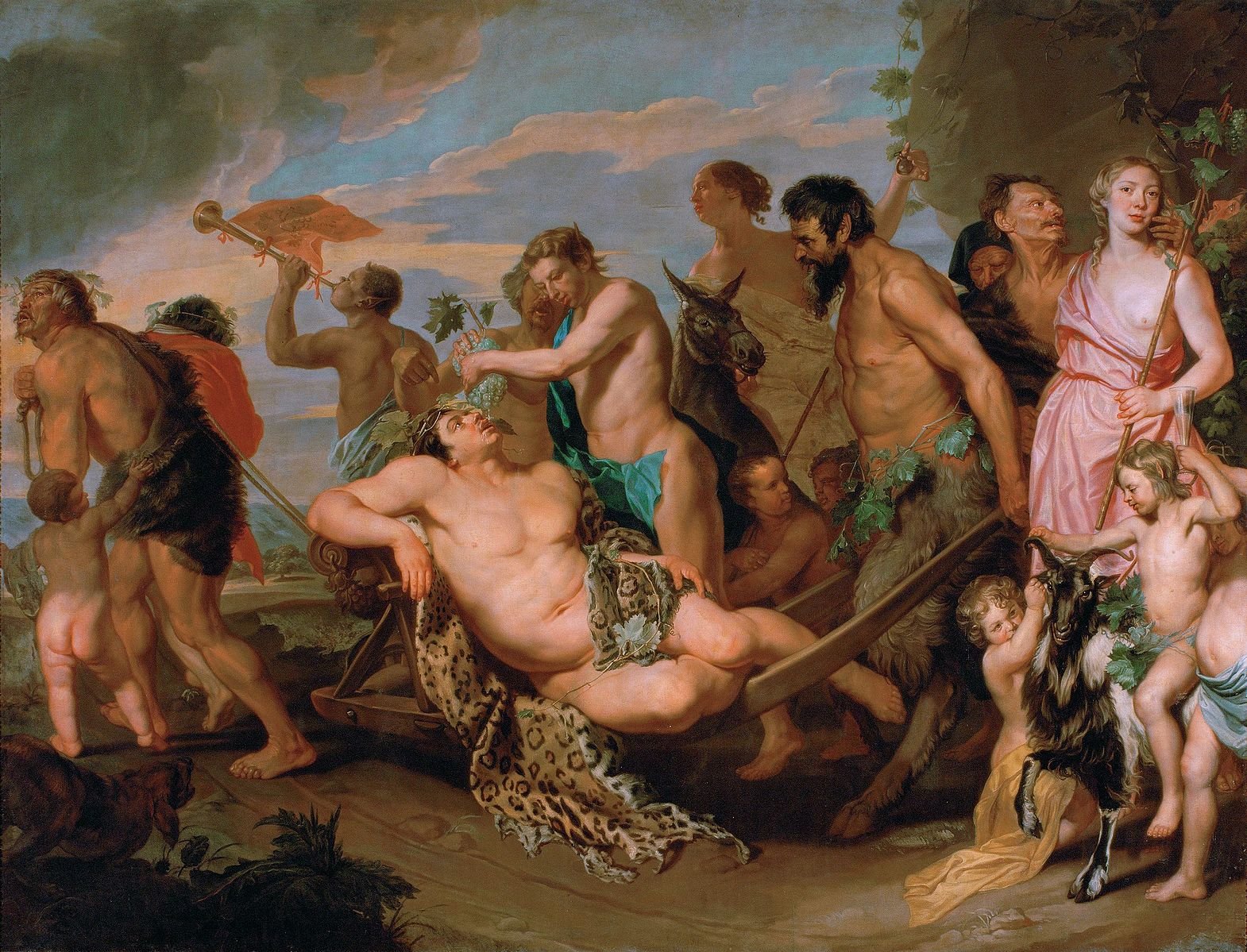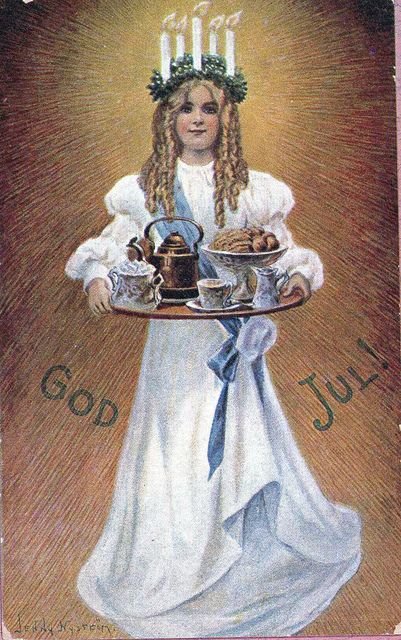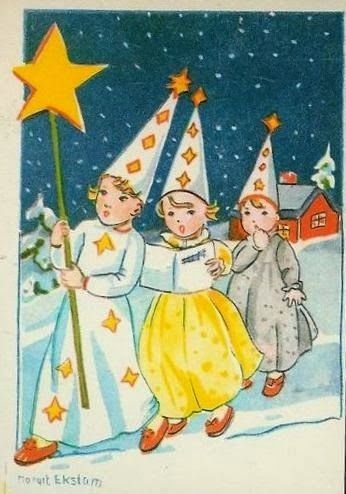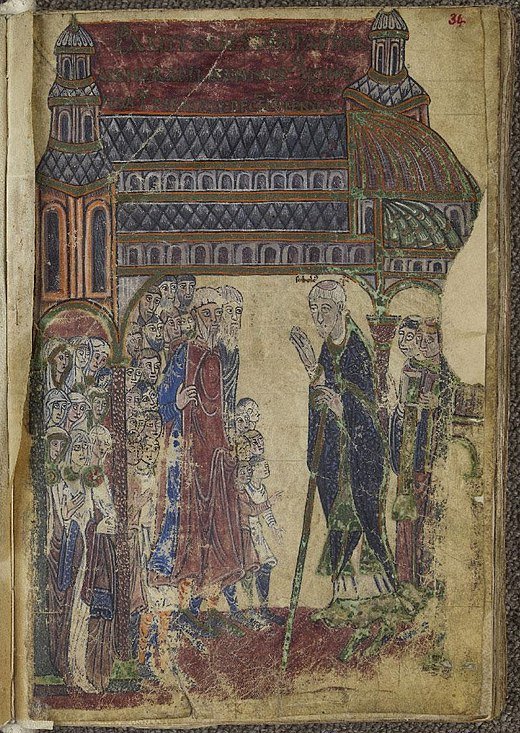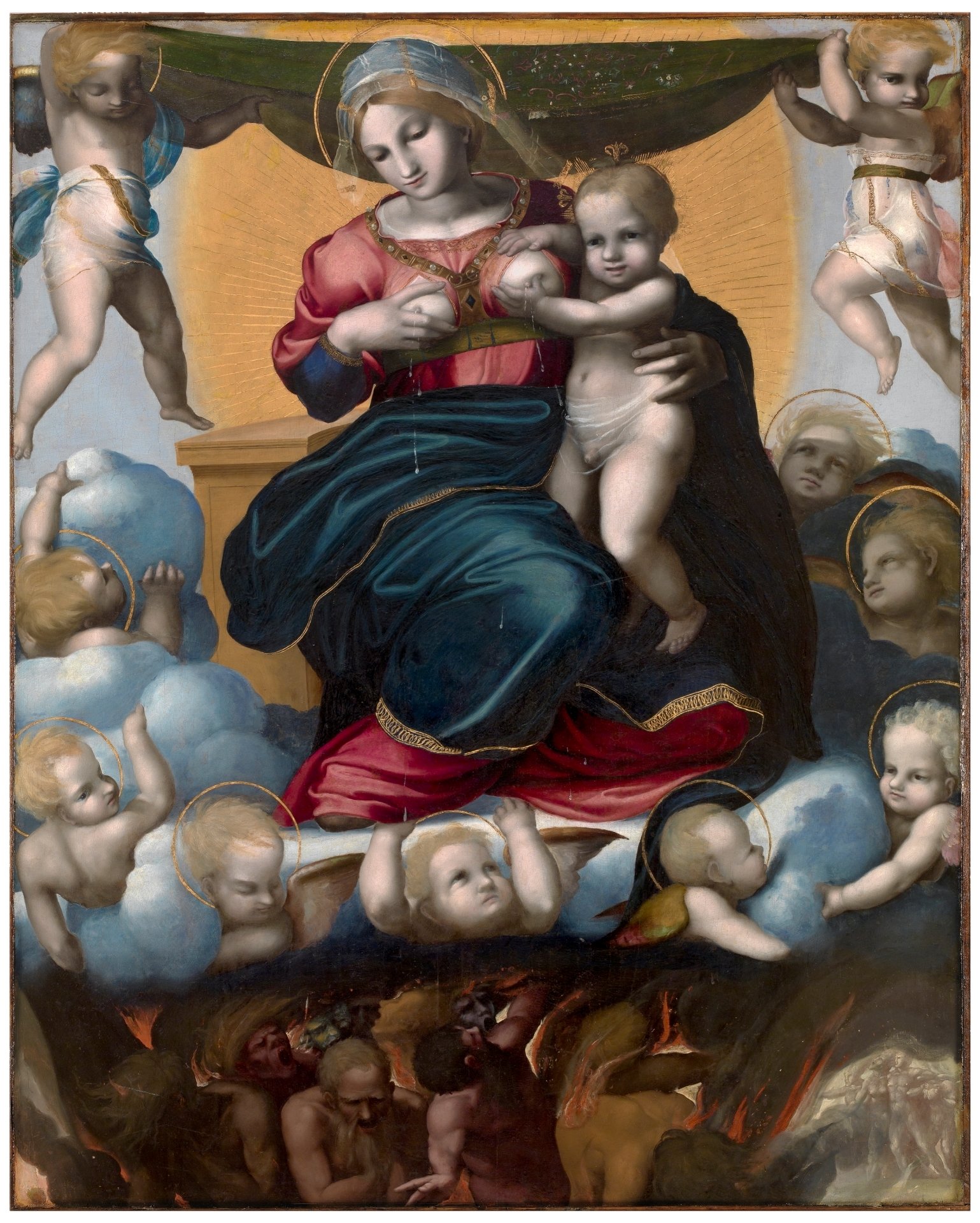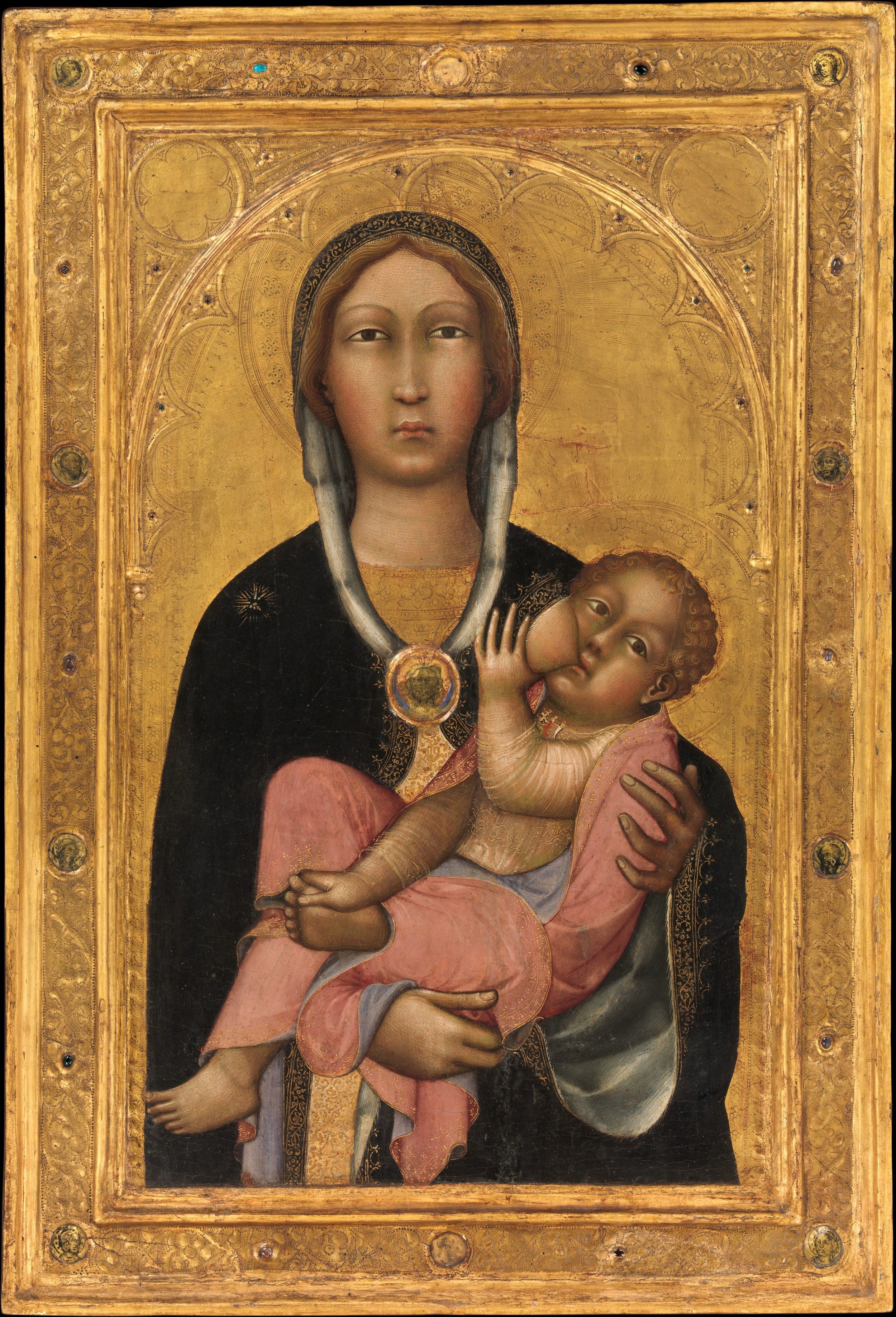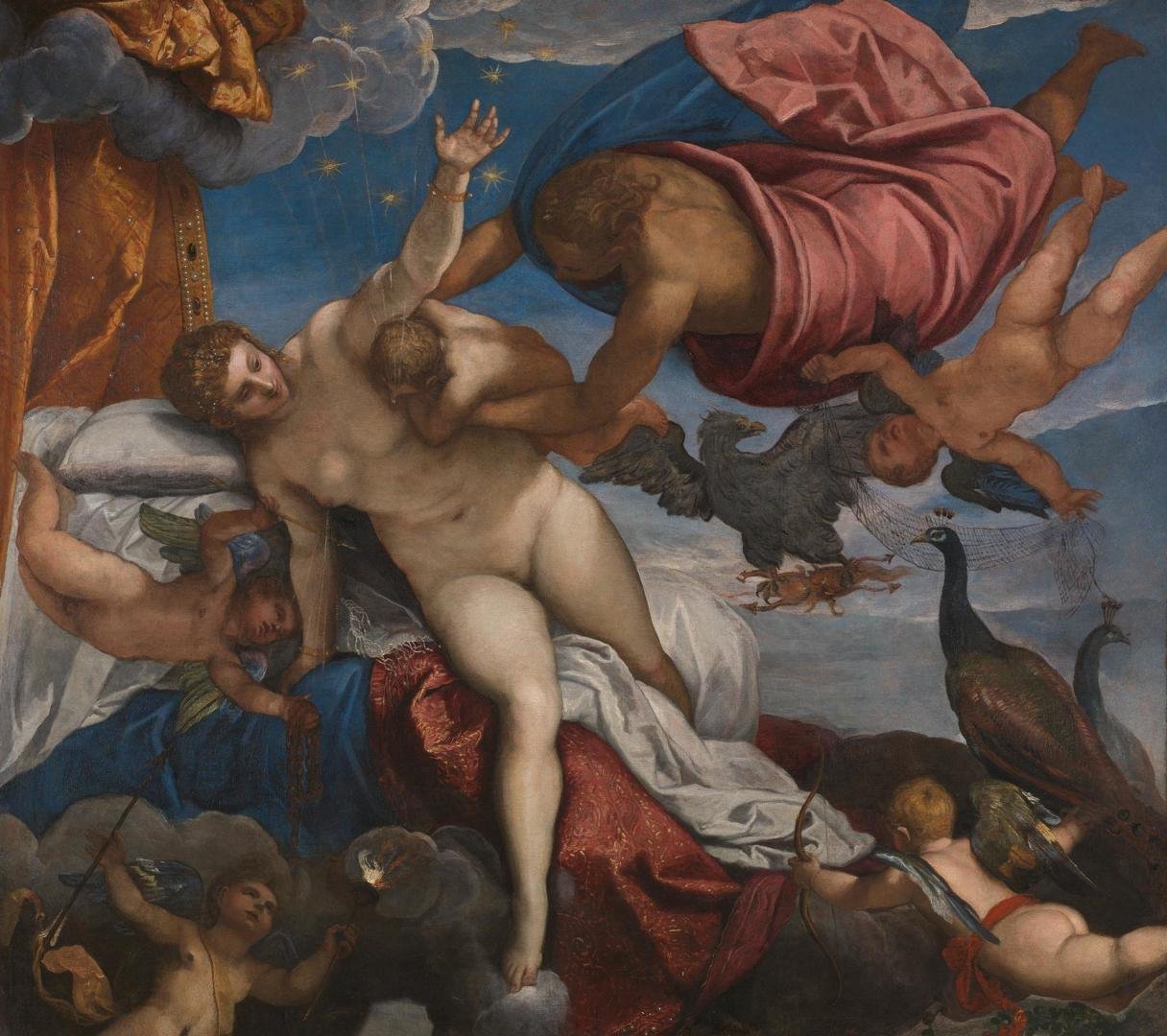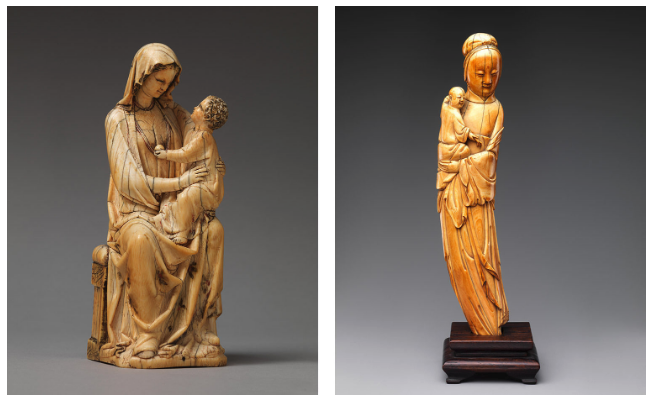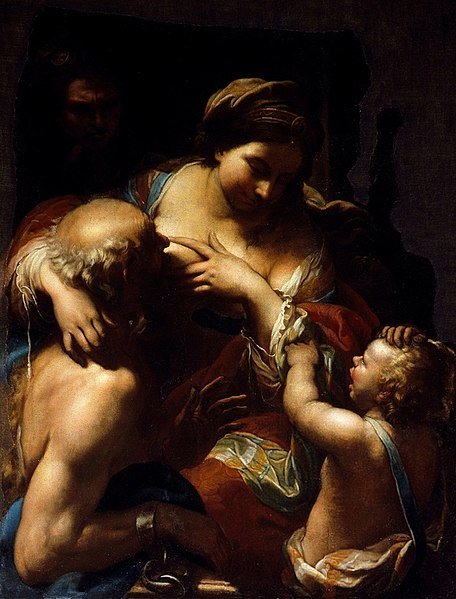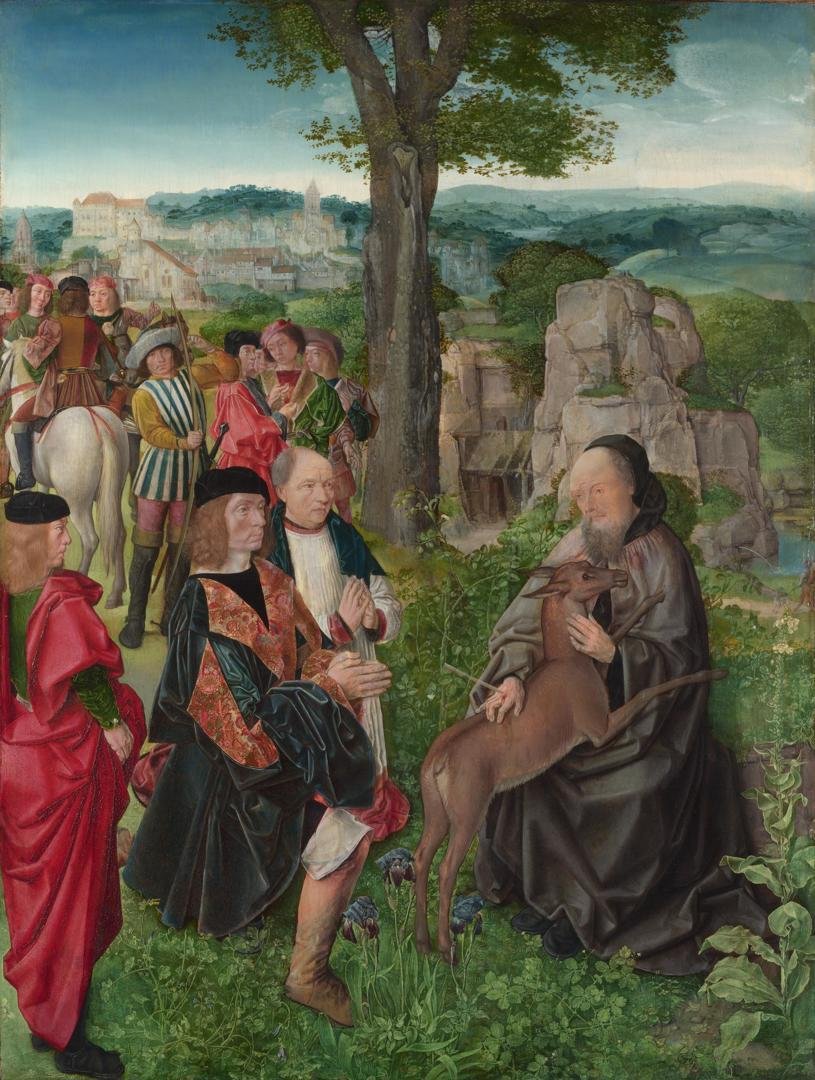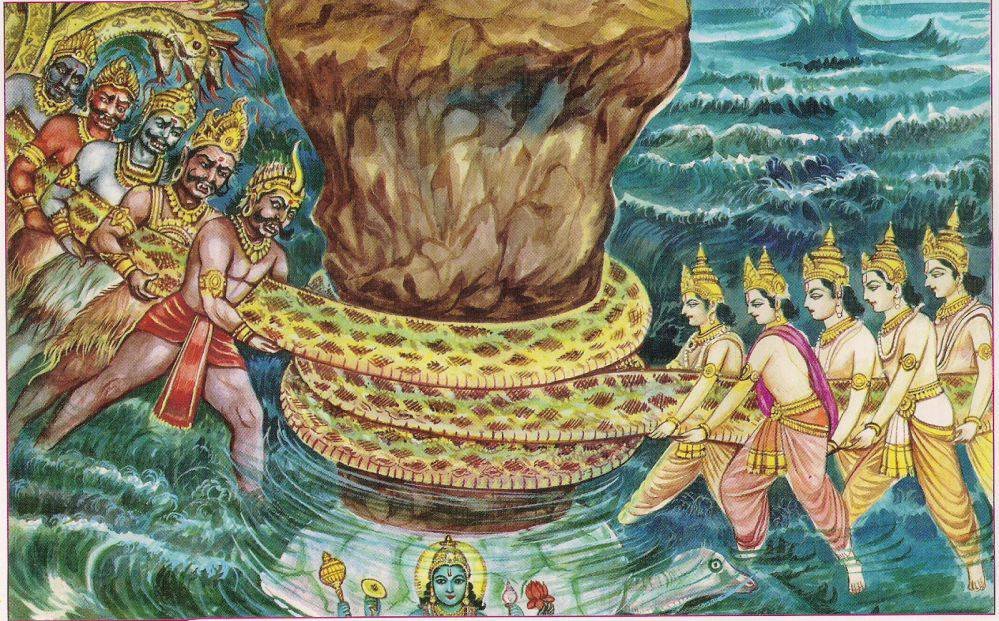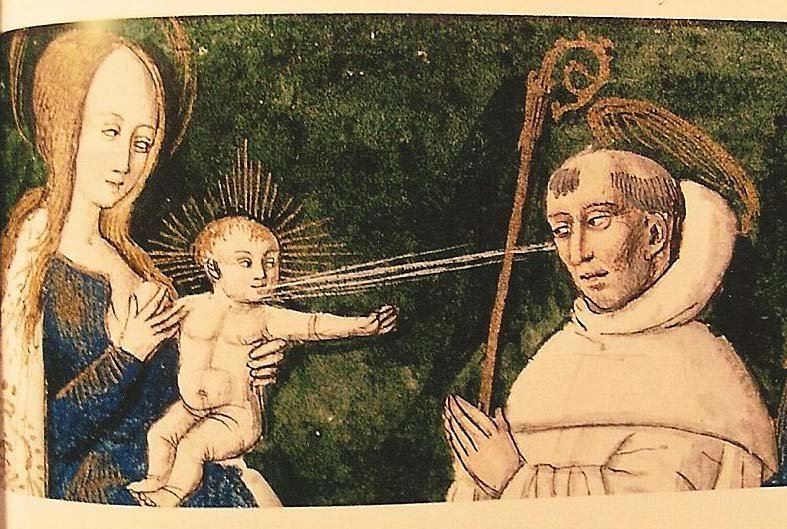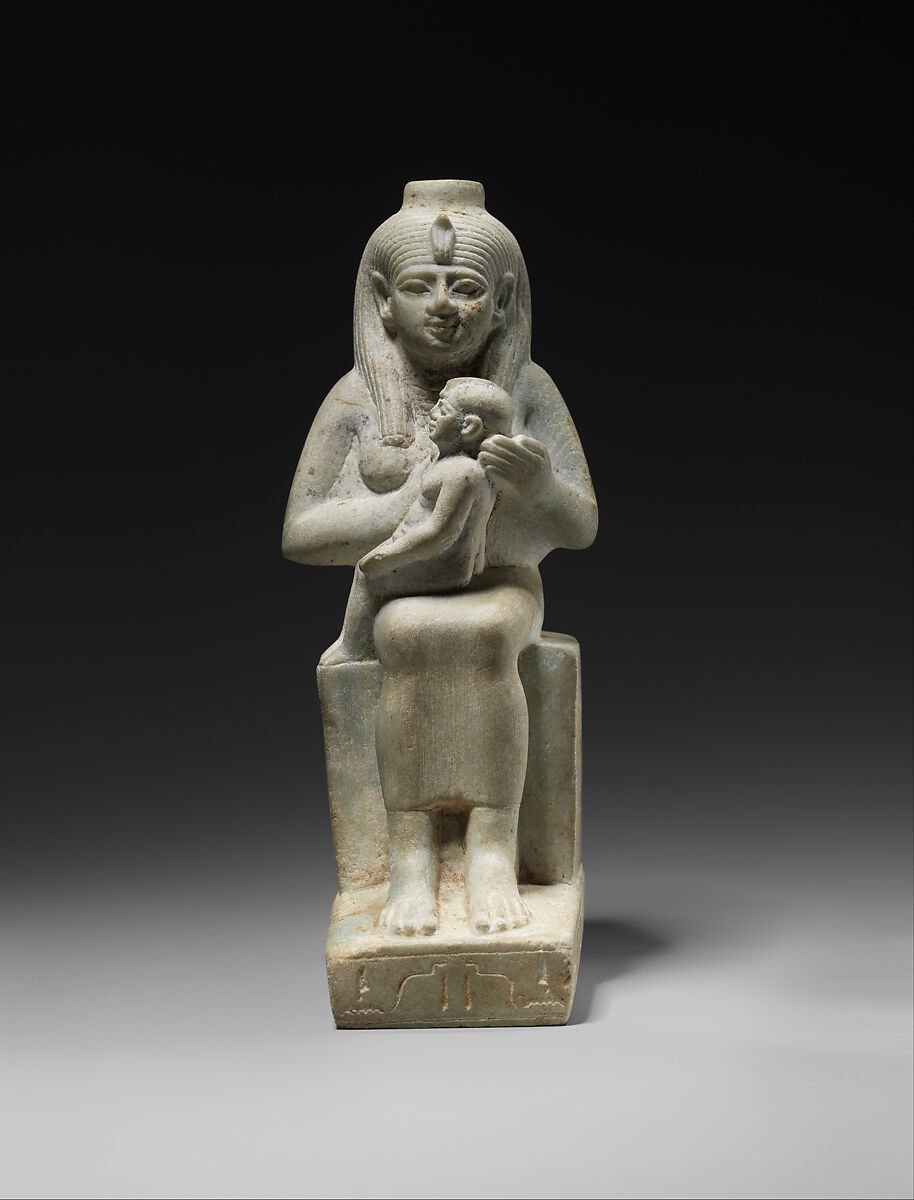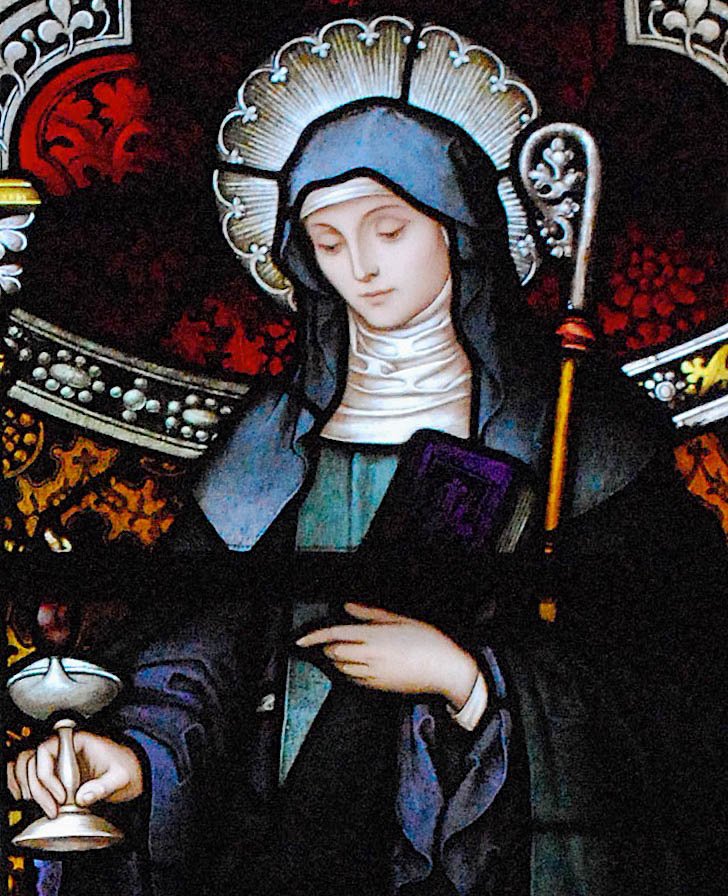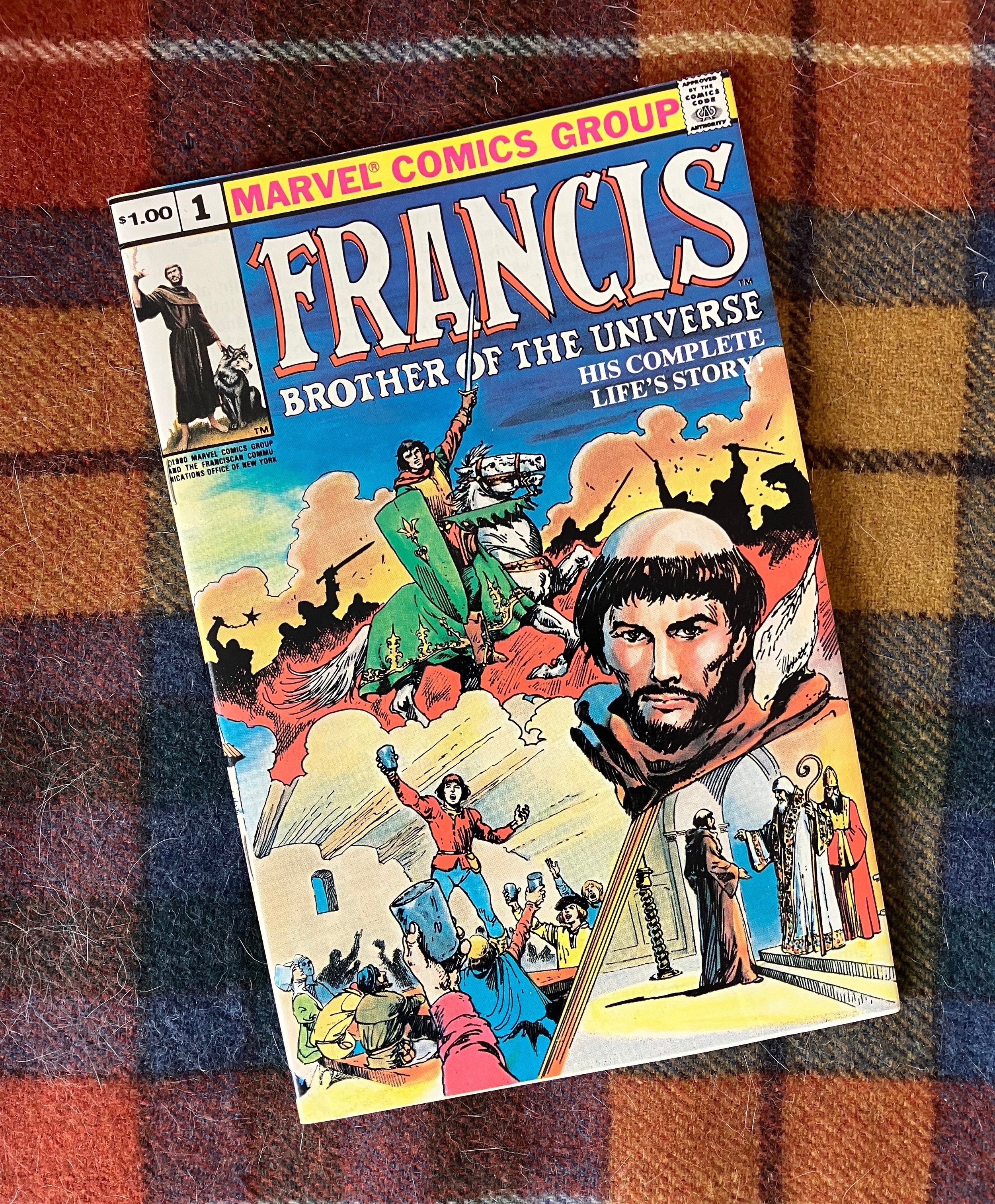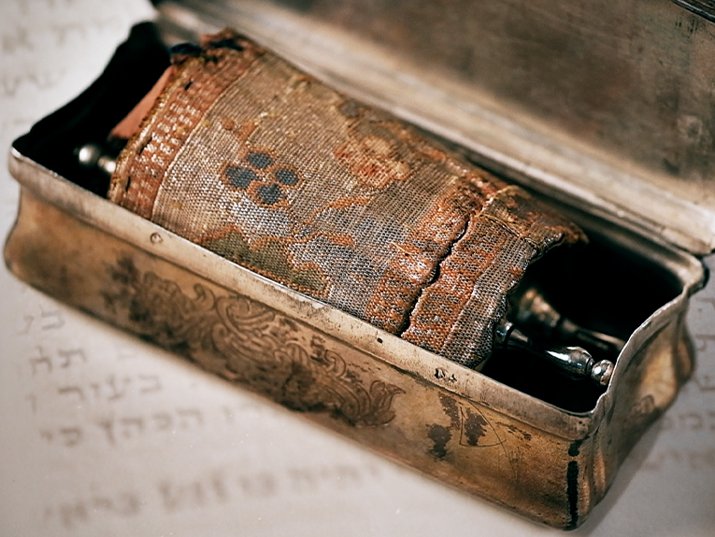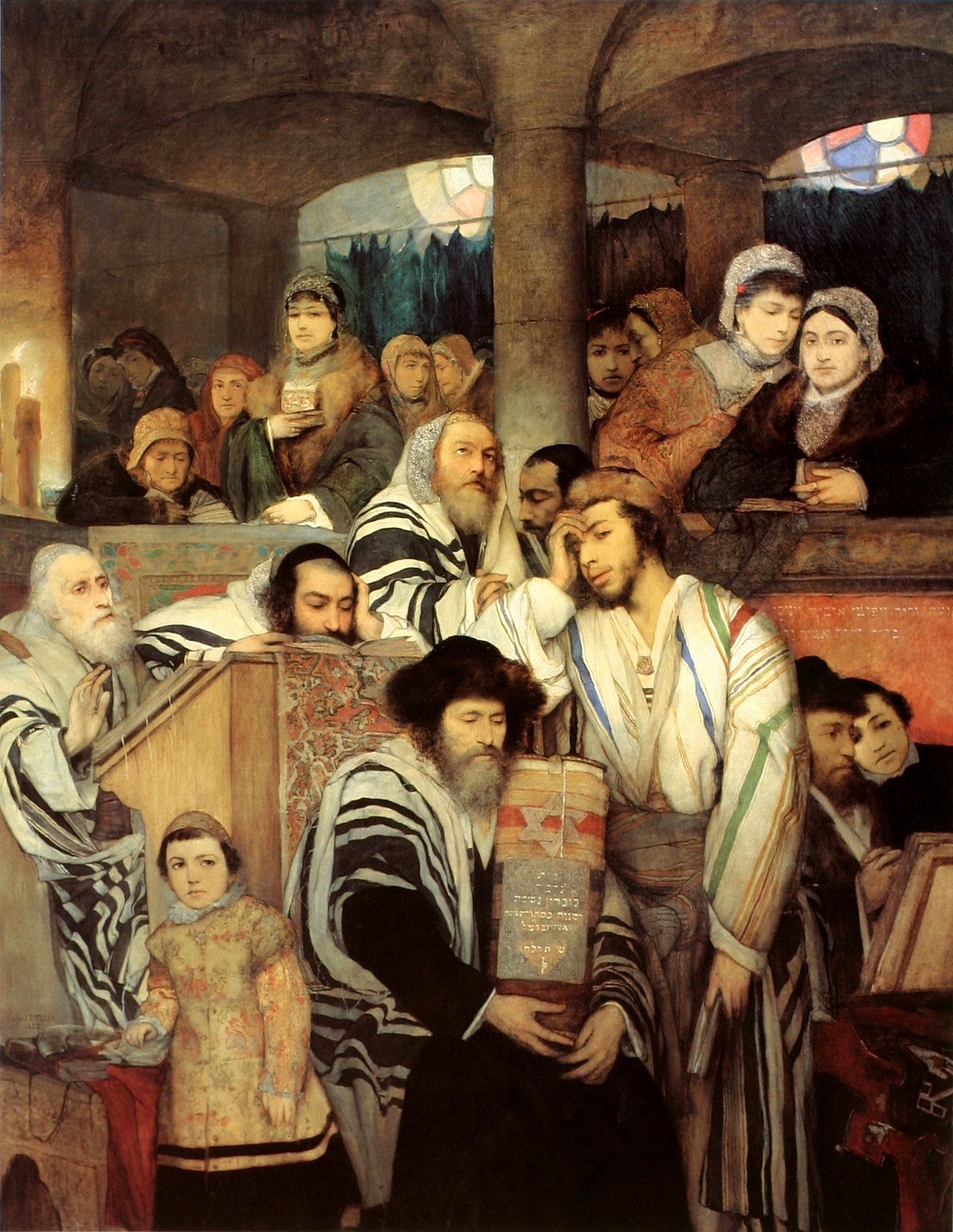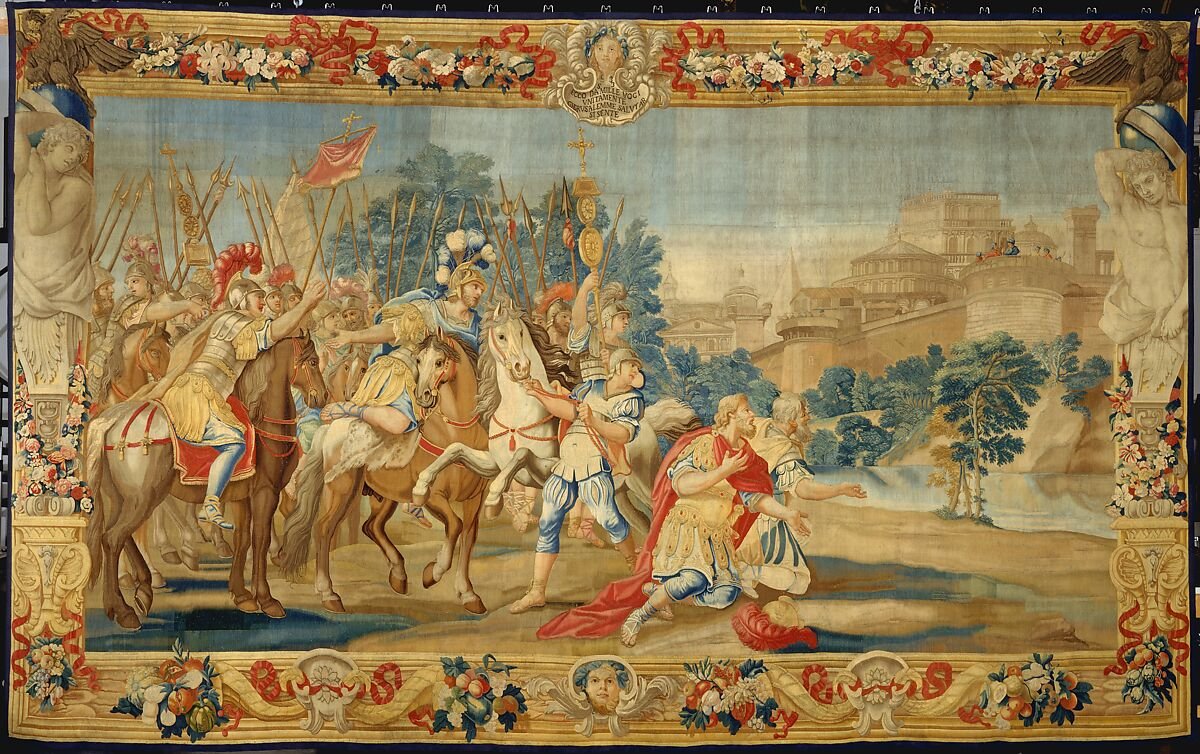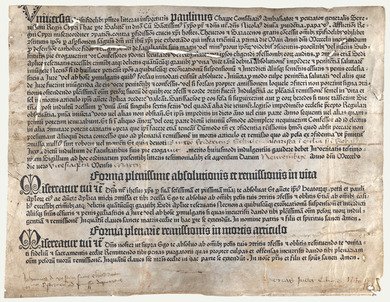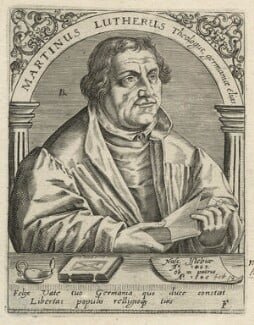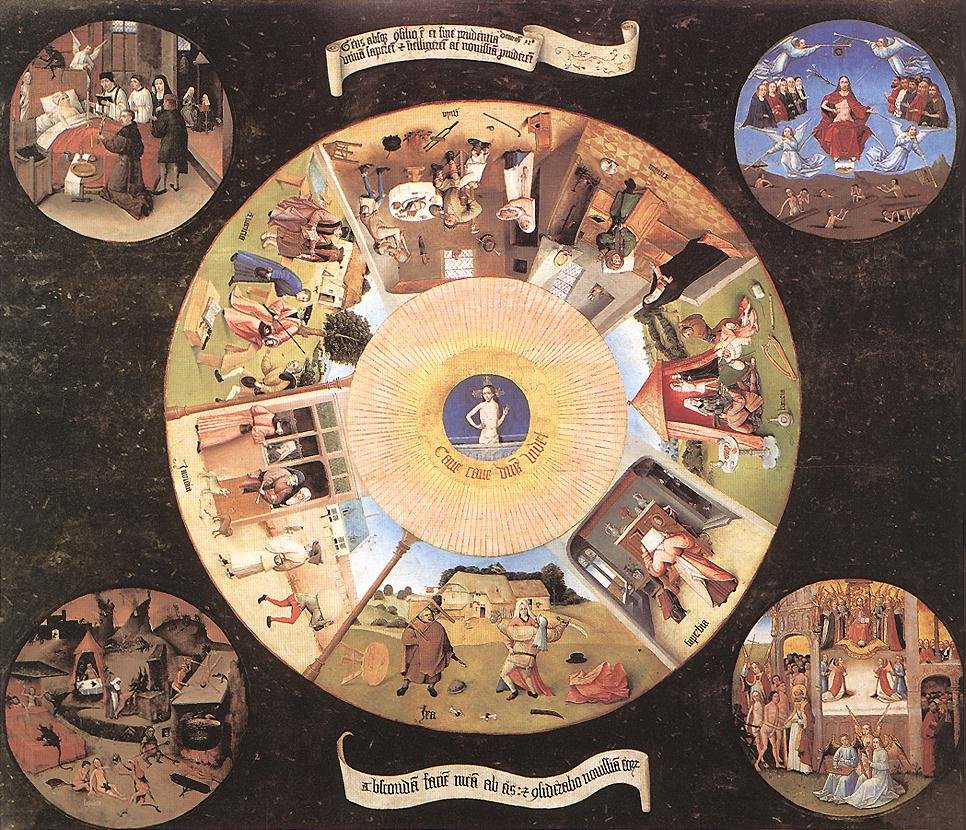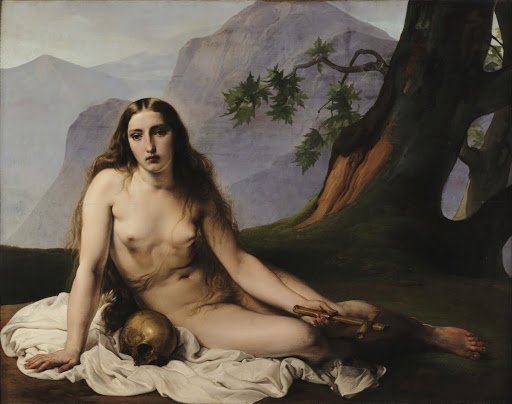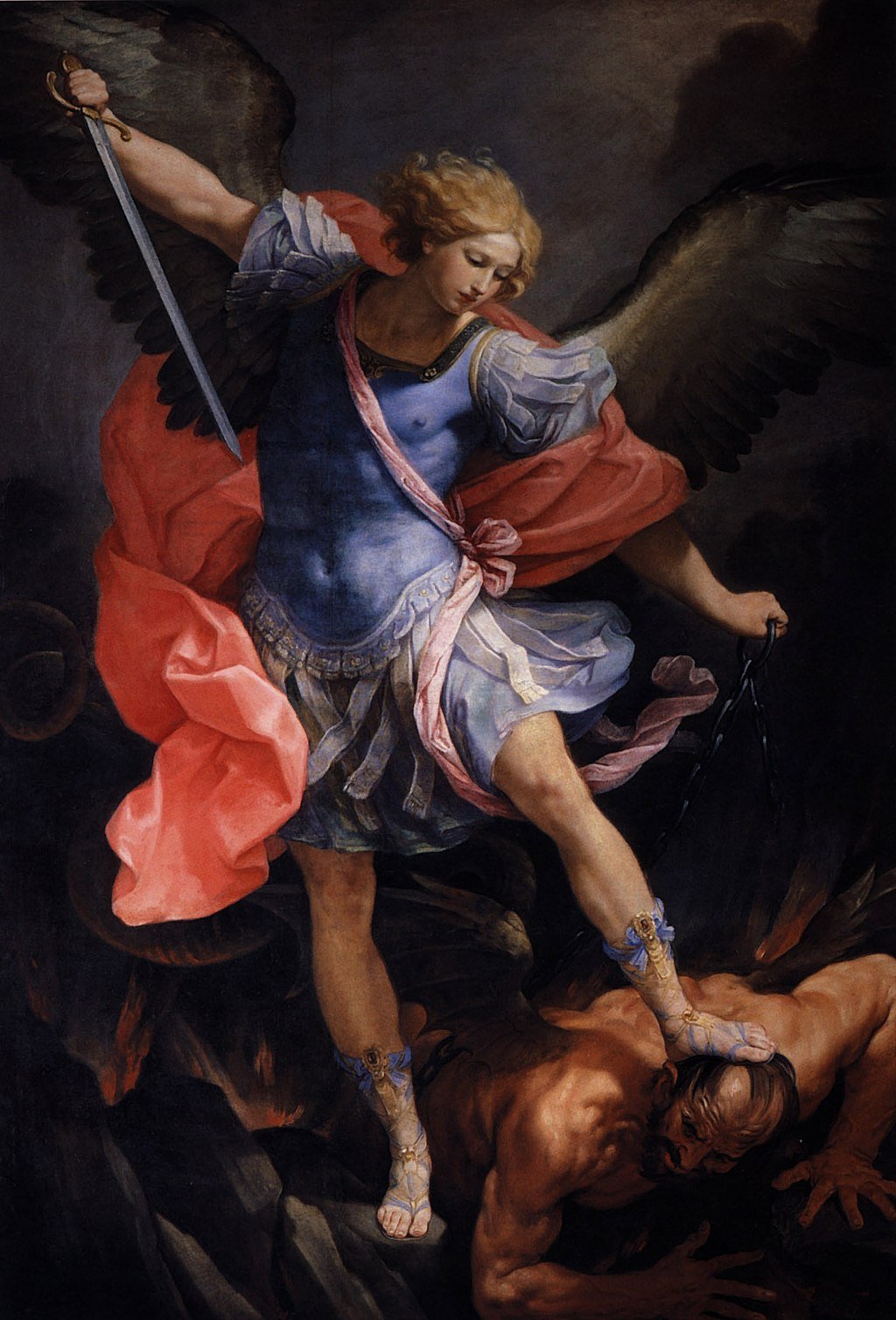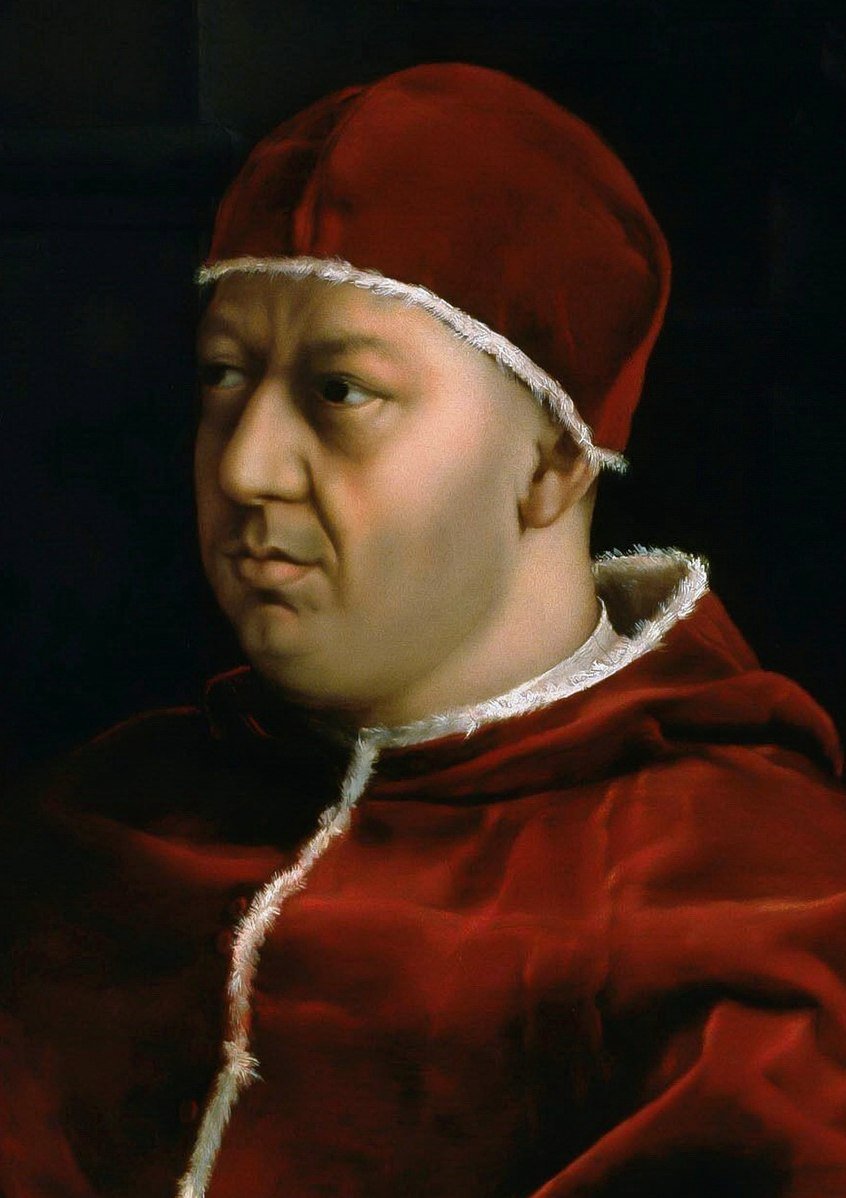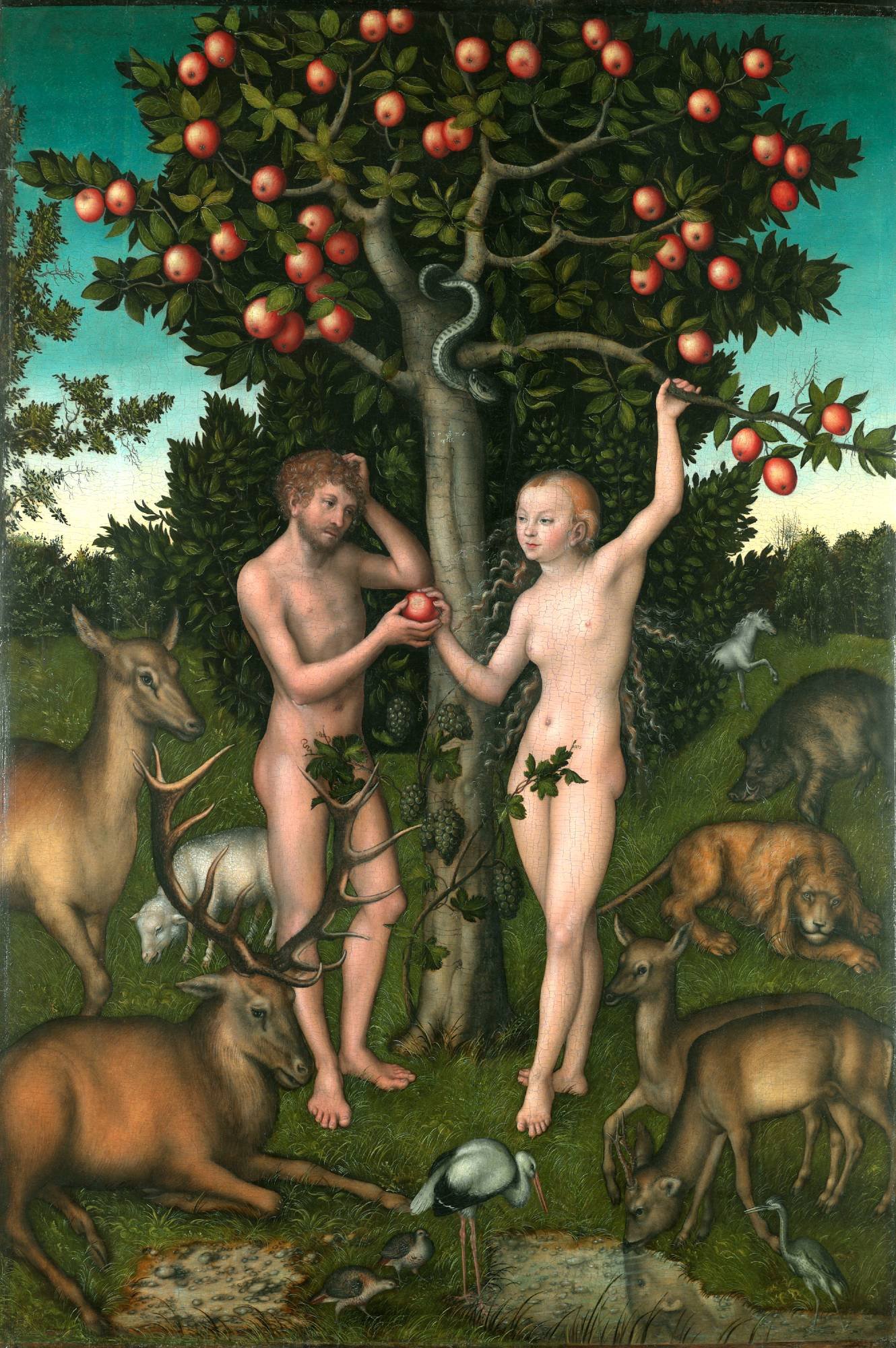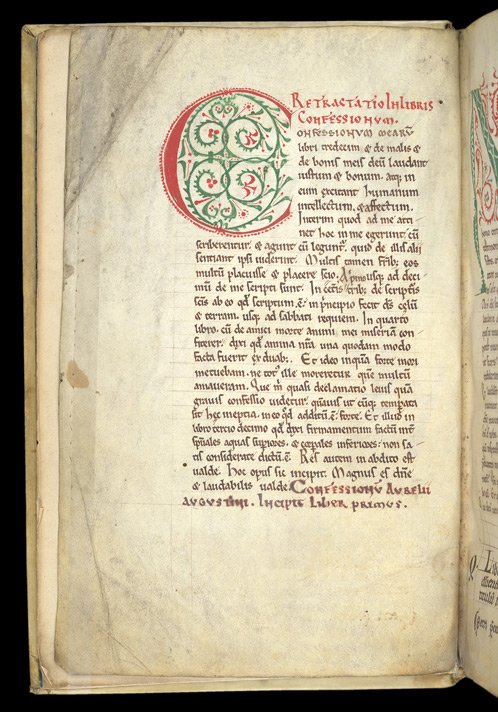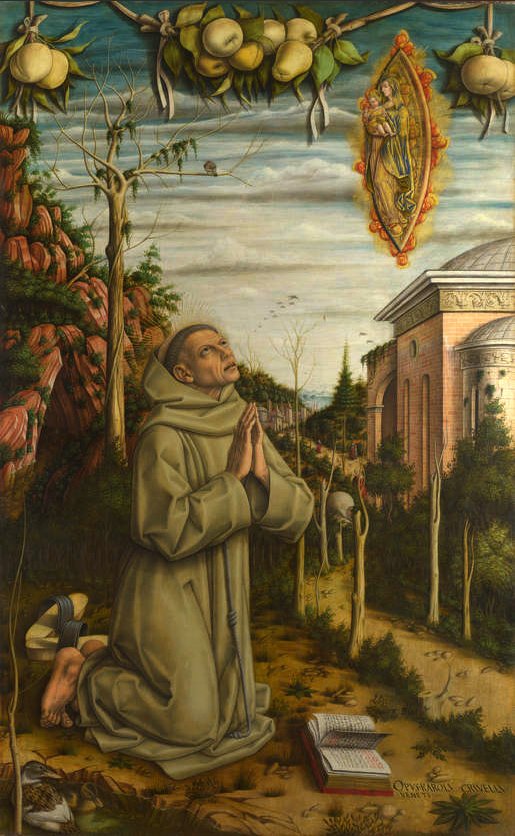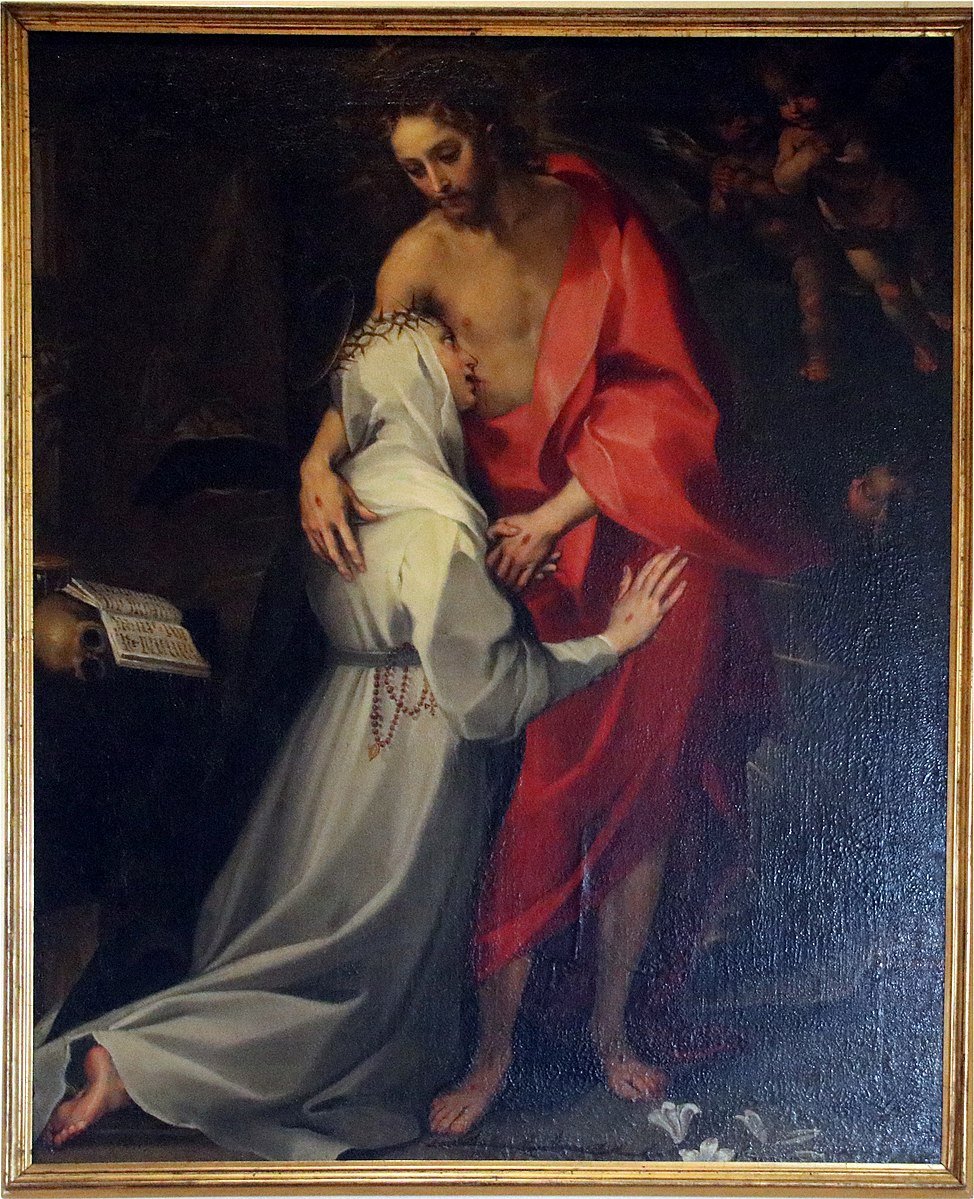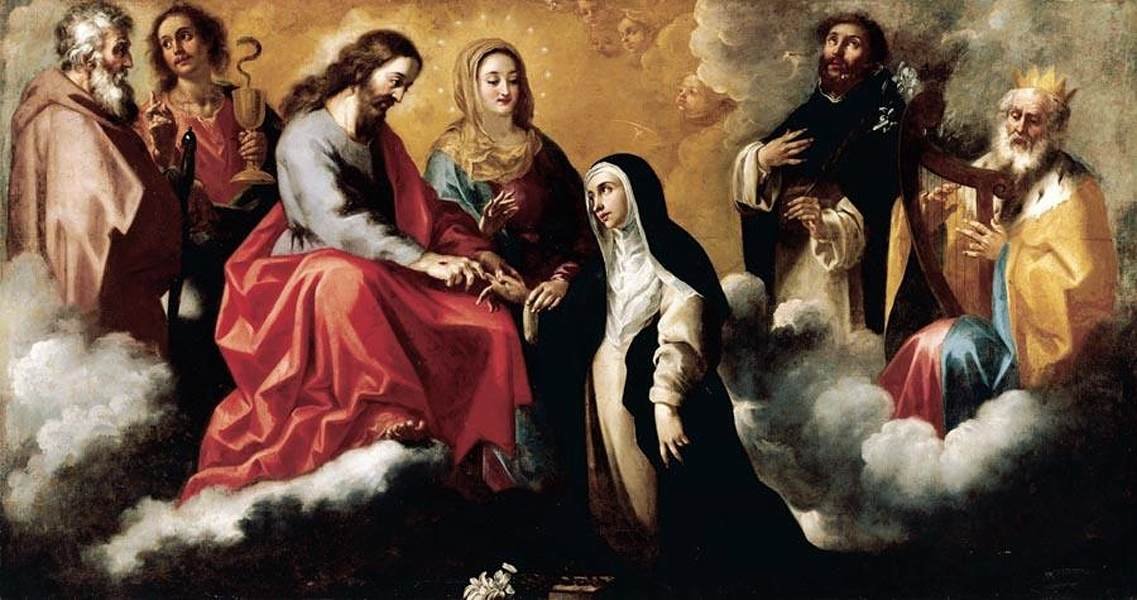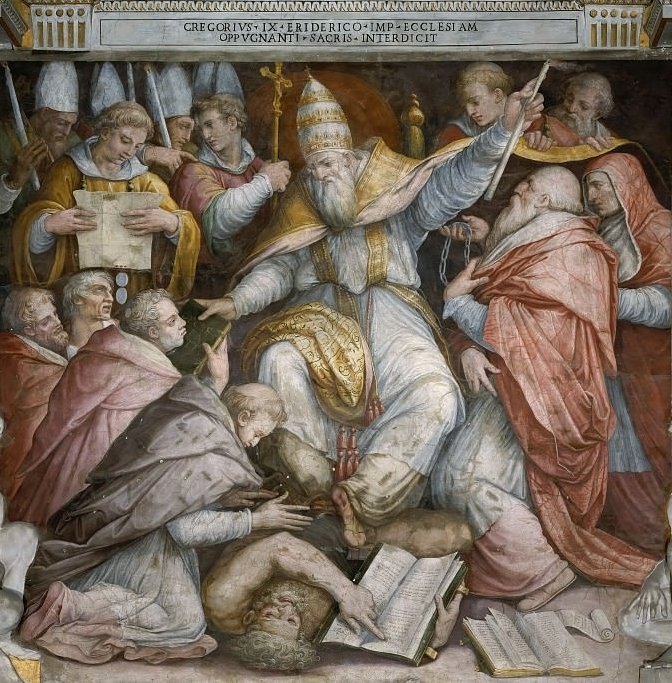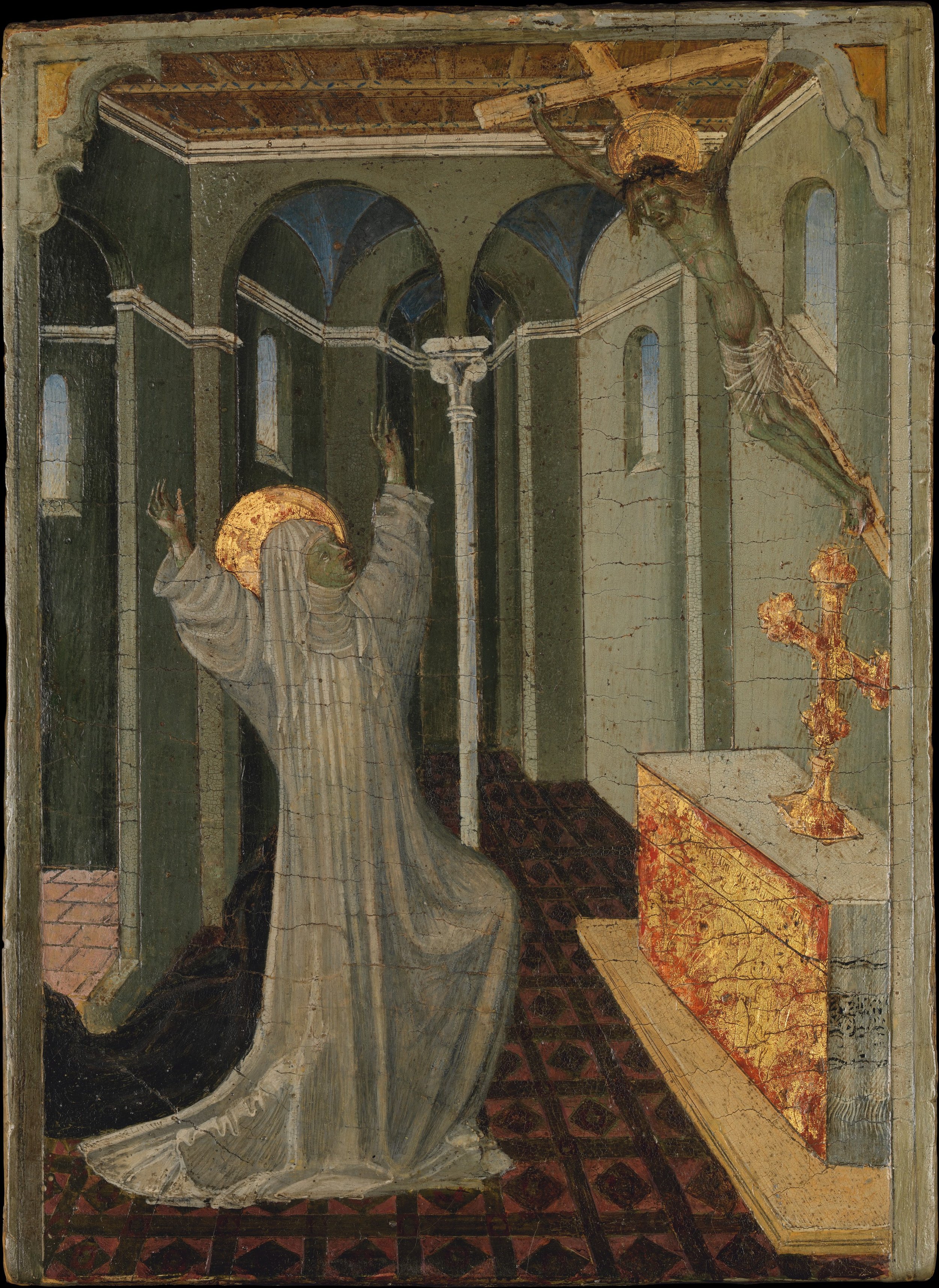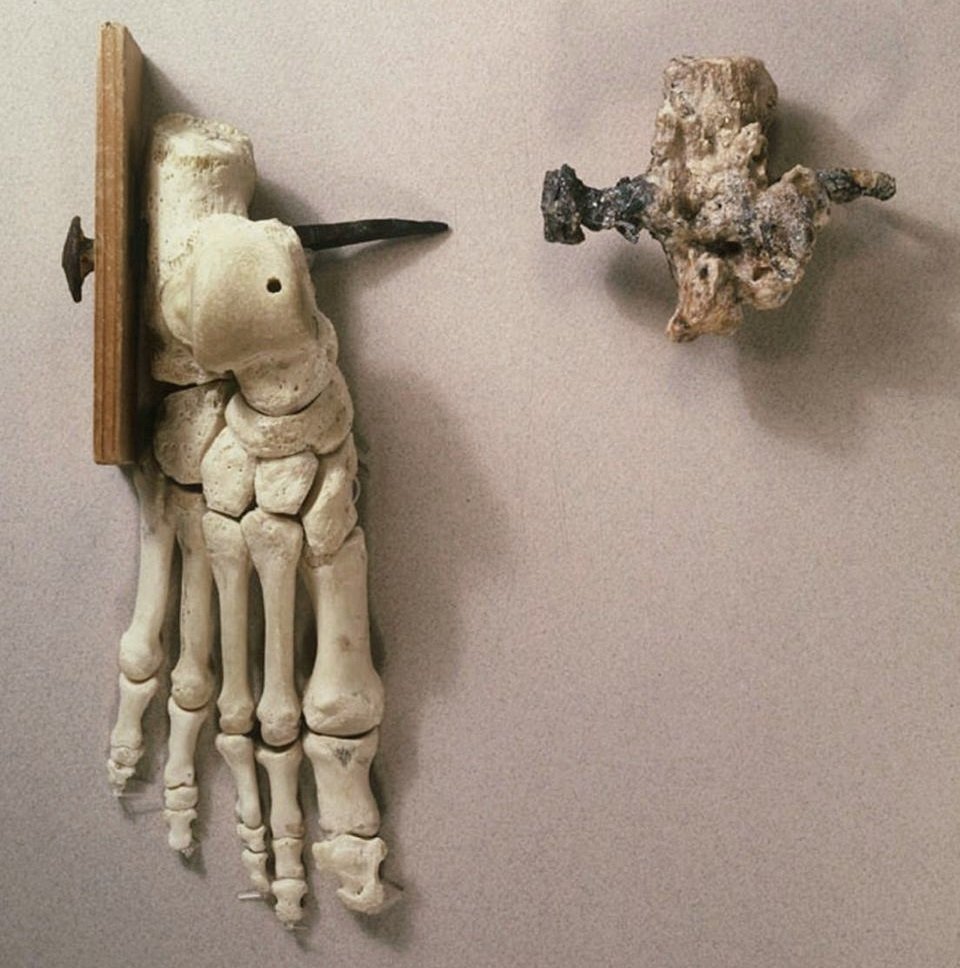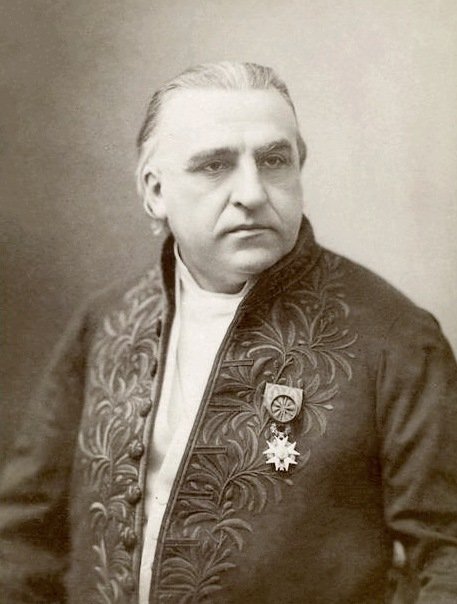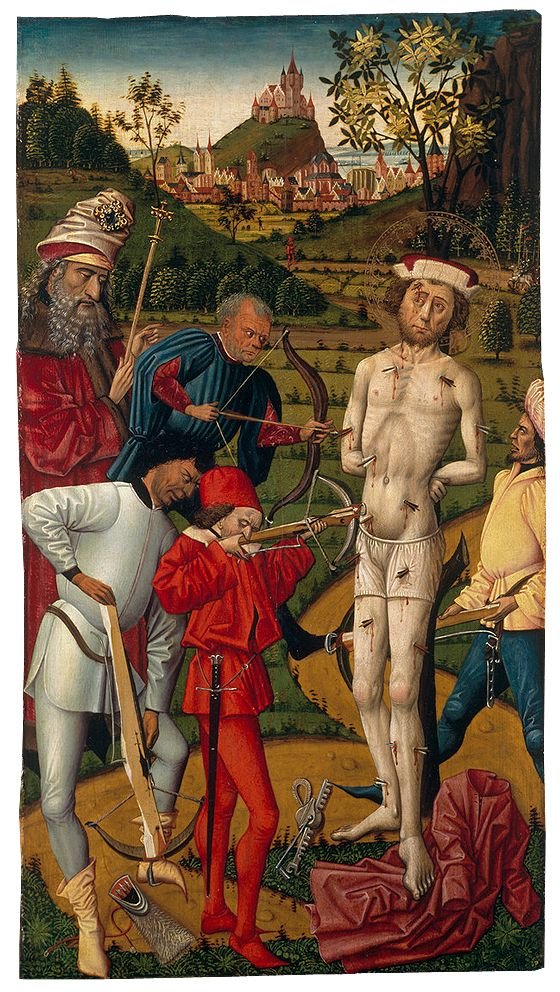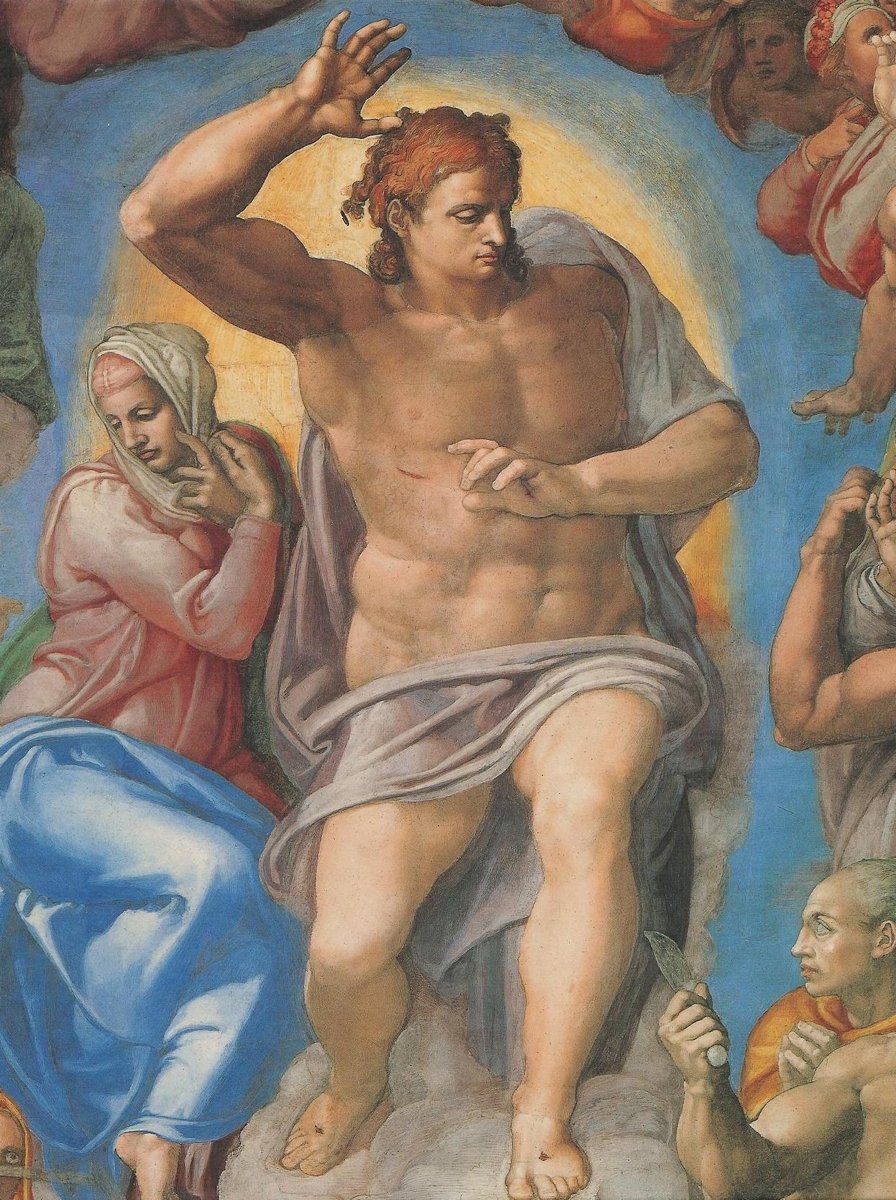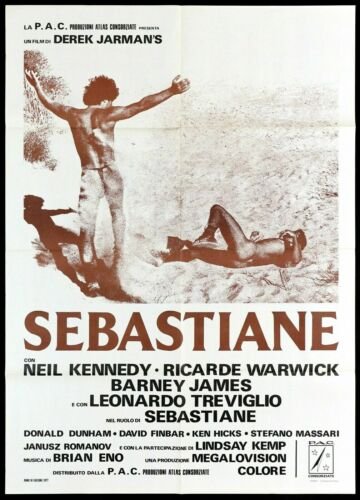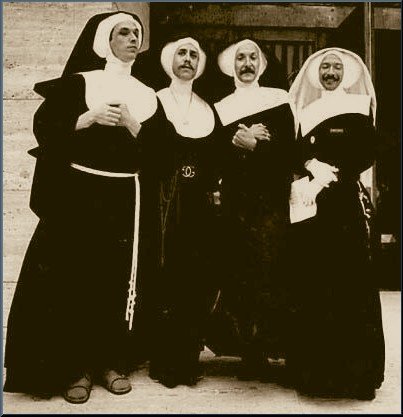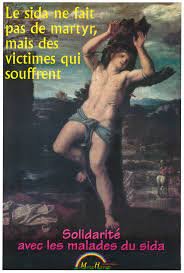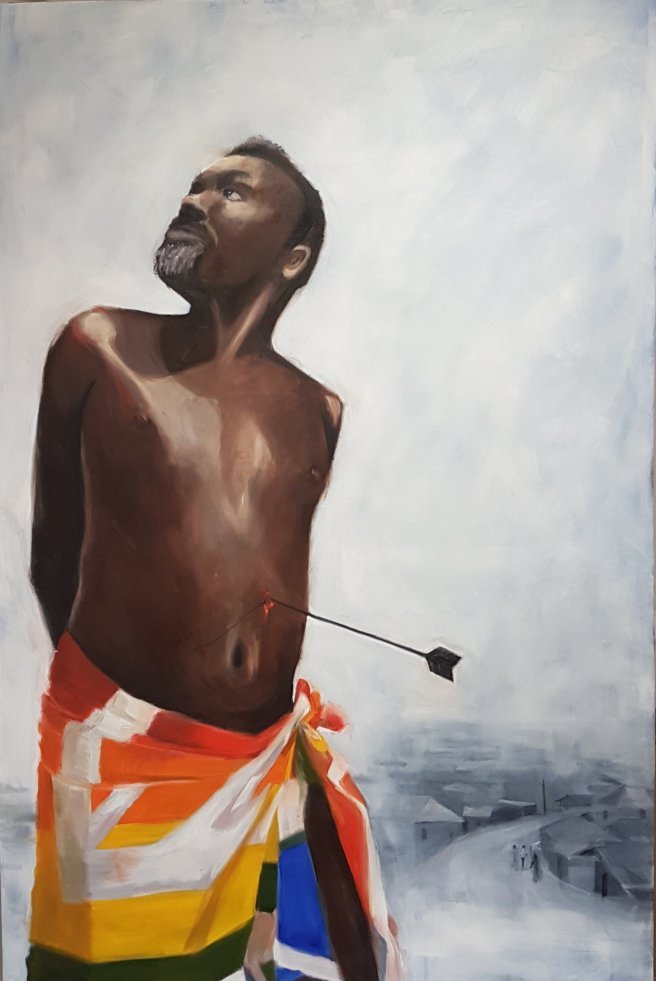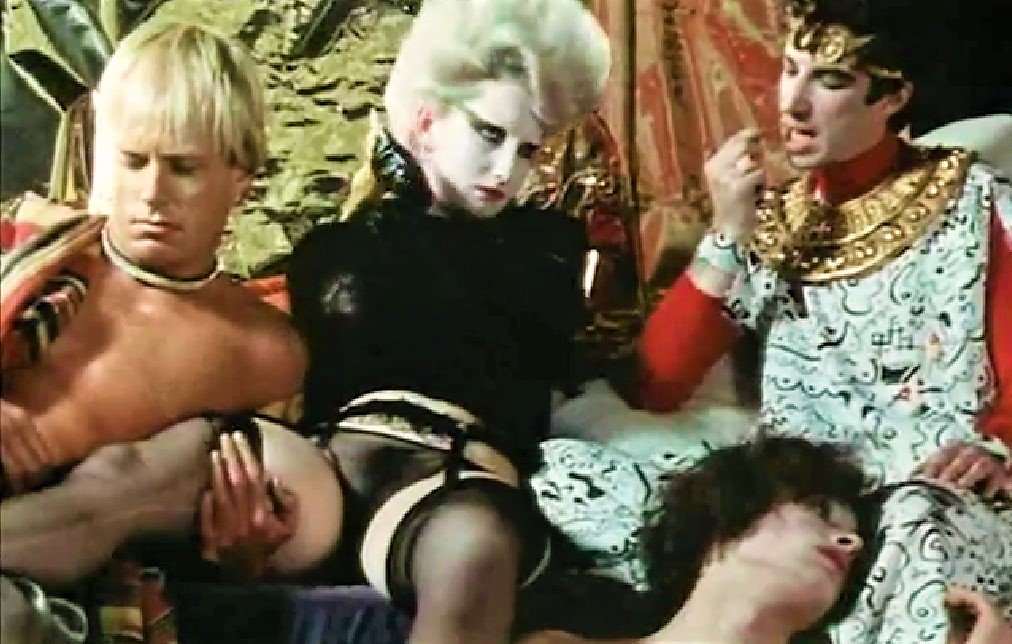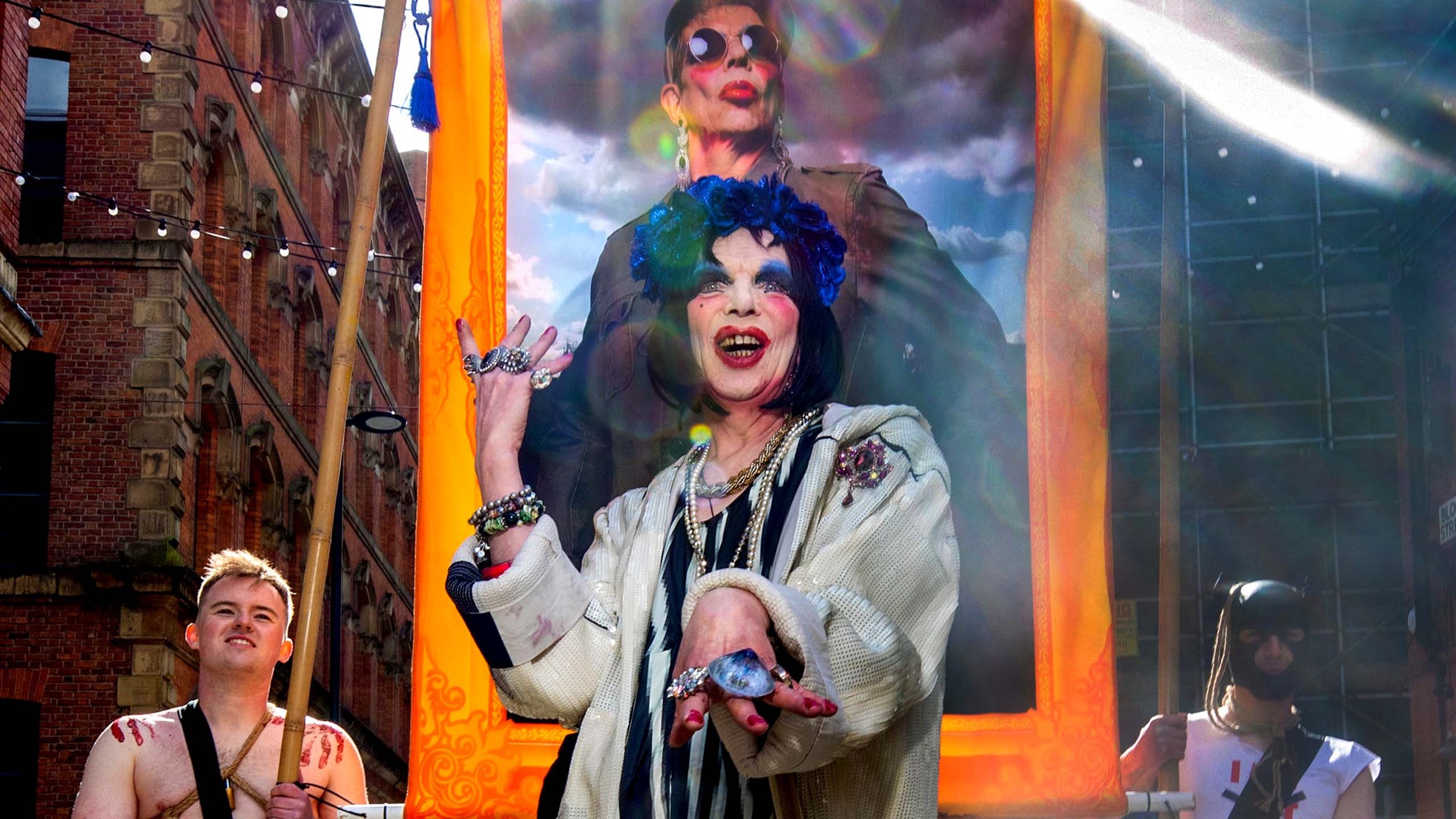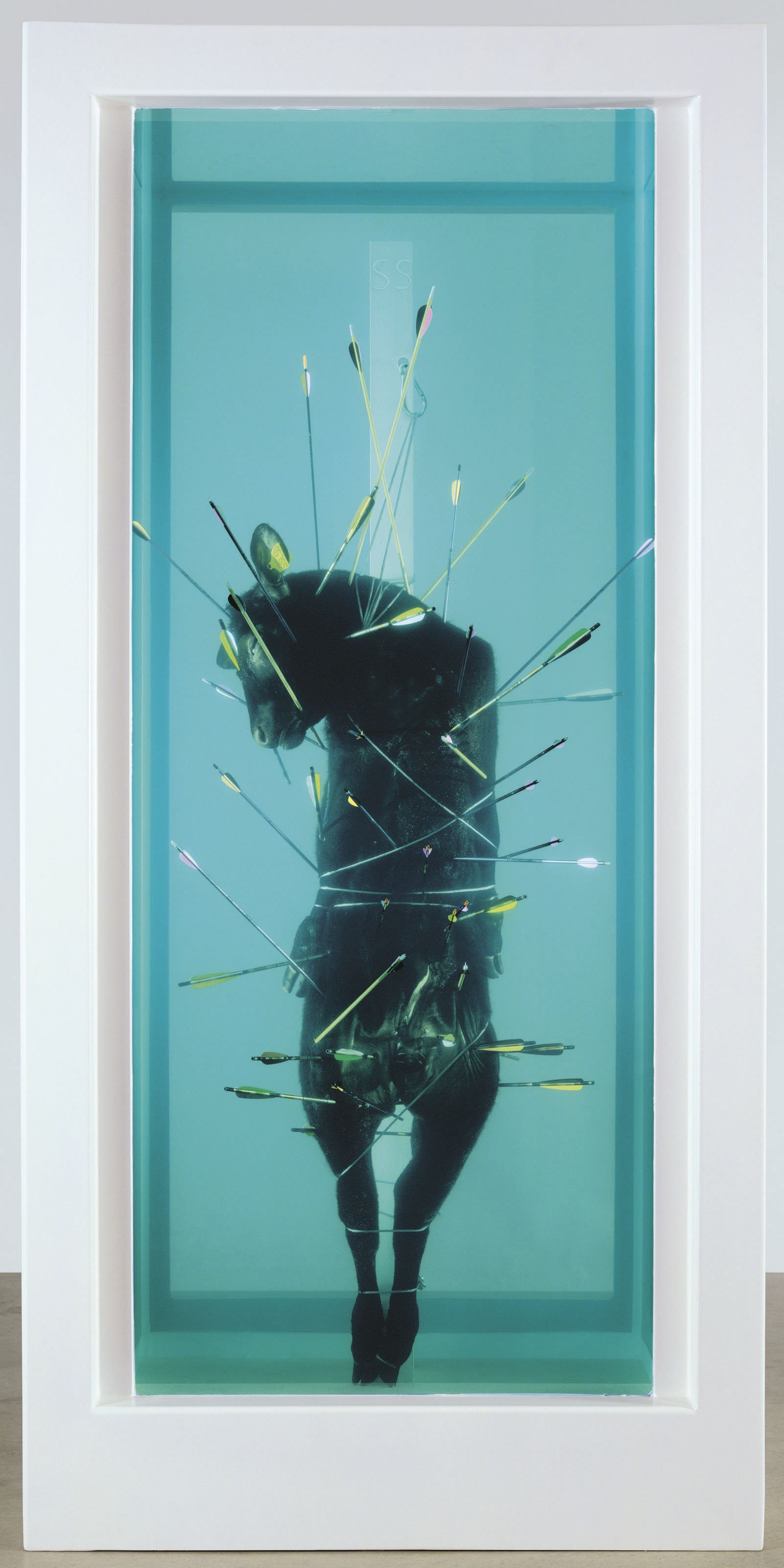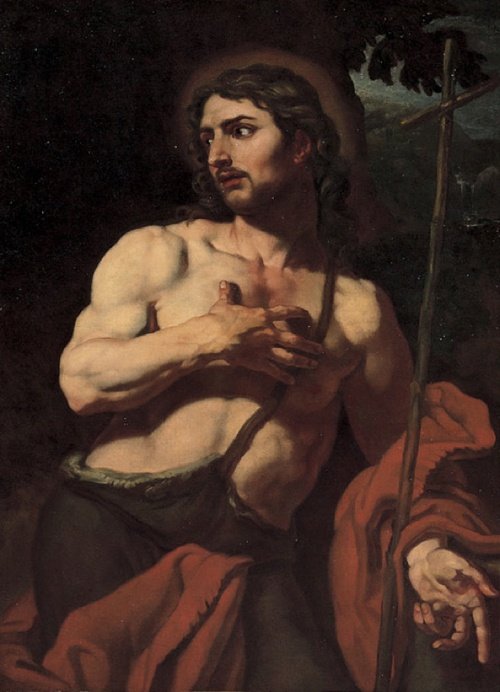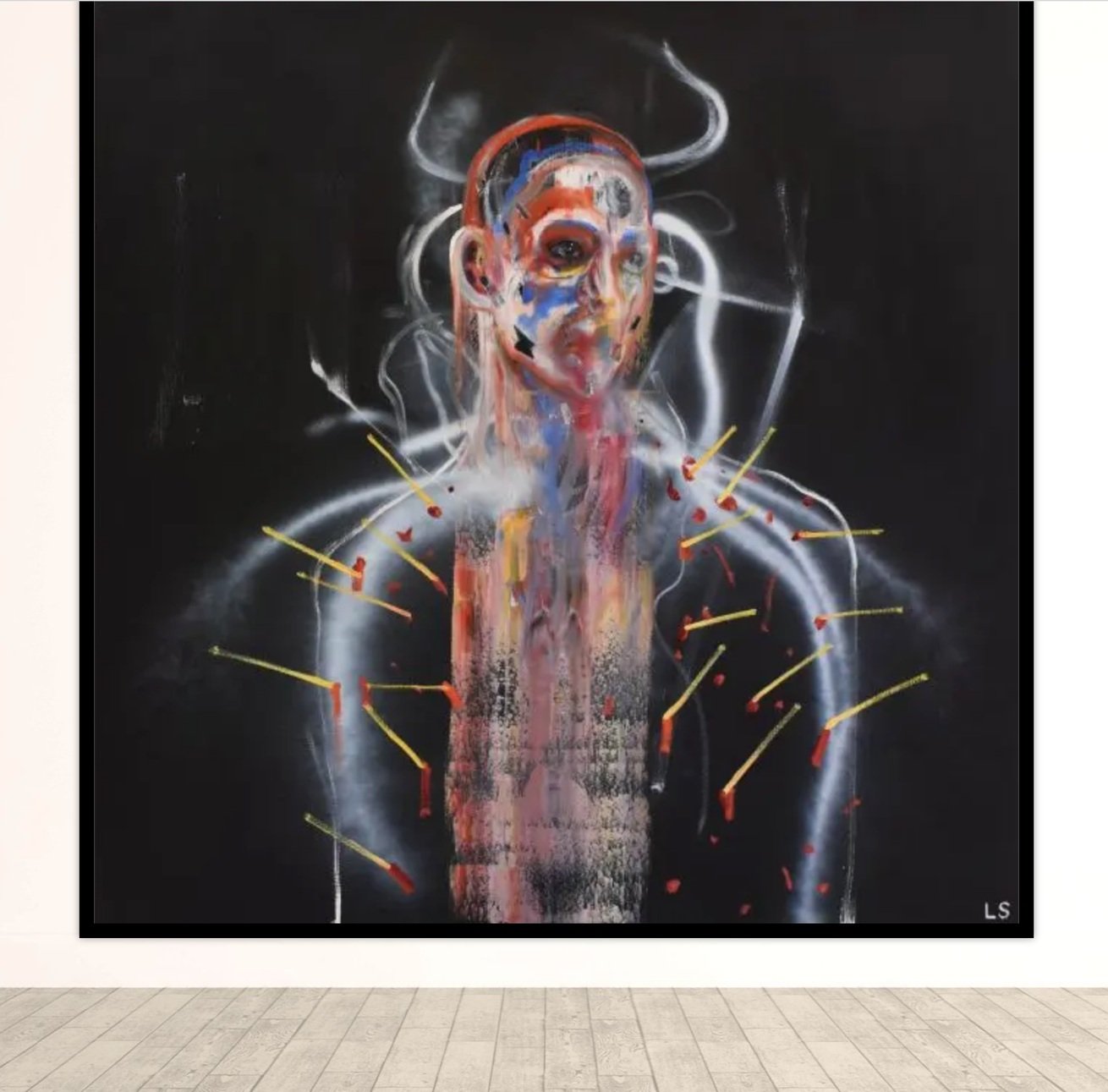
SPECIAL EPISODES
A gallery of images to accompany special episodes created in conjunction with our partners and friends that explore different aspects of saints’ lives, Catholic history, and pop culture.
Special Episode 06 Last Christmas: Saint Nicholas, Santa Claus, and Christmas Past
This is a special Saint Podcast episode for the holiday season. It’s a two-part exploration of how Saint Nicholas evolved into Santa Claus. The story isn’t a straight forward one at all – and involves a truly motley crew of gift-givers, demons, humanoid helpers, witches, goddesses, gods, and animal sidekicks. The story begins with the first humans – our prehistoric ancestors – and proceeds through the first great civilisations, the birth of Christianity, the Reformation, and the advent of modern publishing and advertising.
14th century icon by an unknown Russian artist; British Museum
14th-century fresco from the monastery complex of Panagia Sumela showing Saint Nicholas about to destroy a statue of Diana/Artemis
A Saturnalia-esque Triumph of Bacchus by Michaelina Woutiers, 1643-59; Kunsthistorisches Museum
The Charity of Saint Nicholas painted by Girolamo Macchietti, c. 1555-60; National Gallery
14th-century fresco from the monastery complex of Panagia Sumela showing Saint Nicholas slapping Arius
Odin and Sleipnir on the Tjängvide image stone, c. 700-900 CE; Stockholm City Museum
Belsnickel by Ralph D Dunkelberger in Alfred L Shoemaker’s, Christmas in Pennsylvania: A Folk-Cultural Study
Saint Nicholas resurrecting the three butchered and pickled boys, from the Book of Hours of Anne Bretagne, c. 1503-08, by Jean Bourdichon; National Library of France
Saint Nicholas miraculously rescuing a ship, painted by Fra Angelica, c. 1437; Vatican Museums
Sarah Josepha Hale painted by James Reid Lambdin, c. 1831; Smithsonian National Portrait Gallery
Resources
Books and articles used for research and/or referenced in this episode.
Christmas: A History by Judith Flanders
Santa Claus, Last of the Wild Men: The Origins and Evolution of Saint Nicholas, Spanning 50,000 Years by Phyllis Seifker
Santa Claus Worldwide: A History of St. Nicholas and Other Holiday Gift-Bringers by Tom A. Jerman
The Saint Who Would Be Santa Claus: The True Life and Trials of Saint Nicholas of Myra by Adam C. English
Special Episode 05 I Am Milk
This is I Am Milk, a special episode inspired by an exhibition at the Wellcome Collection in London entitled, Milk. It explores our relationship with milk and its place in politics, society, and culture. Judaeo-Christian legends are filled to the brim with stories about milk from lactating saints to a promised land of milk and honey and a Christian morality that developed around the symbolism of the white liquid. I Am Milk is a special Saint Podcast episode that delves into the link between saints’ legends and milk, featuring co-curators from the Wellcome Collection, Honor Beddard and Marianne Templeton.
Etching of the Lactation of Saint Bernard by Andrea Scacciati the Younger after Bernardina Poccetti. Photographed at the Wellcome Collection exhibition Milk.
Fulbert of Chartres in a miniature in the Obituary of Notre-Dame de Chartres, martyrology and necrology of the chapter of Notre-Dame, 11th century; Bibliothèque municipale de Chartres
The Virgin Mary’s milk providing comfort and salvation to souls in Purgatory Pedro Machuca, 1517; Museo del Prado
Madonna and Child by Paolo di Giovanni Fei, 1370s; The Met
Jan Van Eyck’s painting of the Madonna and Child with Canon van der Paele and a parrot, 1434; Groeningemuseum
The Atalanta Fugens by Michael Maier, 1618. Photographed at the Wellcome Collection exhibition Milk.
Maquette for Mother and Child by Henry Moore, 1952. Photographed at the Wellcome Collection exhibition Milk.
19th-century statuette of a woman breastfeeding her mother-in-law, Wellcome Collection
The Lupa Capitolina nursing Romulus and Remus, 13th century; Musei Capitolini
20th-century sculpture of Kamadhenu at Batu Caves in Malaysia
Contemporary image of Mayahuel created by MiCorazonMexica
Engraving of the Virgin of Guadalupe in a maguey plant, José Guadalupe Posada, c. 1890-95; Minneapolis Institute of Art
Jess Dobkin’s For What It's Worth (2023). Recorded at the Wellcome Collection exhibition Milk.
Miniature of Gautier de Coinci from the 1327 Miracles de Nostre Dame; National Archives of the Netherlands
The Milky Way created from a spray of milk, painted by Jacopo Tintoretto, 1575; National Gallery London
Souls in Purgatory awaiting the Madonna’s milk; artist unknown, 17th century; Basilica of Our Lady of Mount Carmel, Valletta
The so-called ‘Madonna with the Parrots’ by Hans Baldung, 1533; Germanisches Nationalmuseum
Left: Enthroned Virgin and Child, c. 1260–80. French, The Cloisters. Right: Bodhisatttva Guanyin, 16th century. Chinese, Ming dynasty (1368–1644), The Met
Early 20th-century photo of Christian temperance group advocating milk instead of alcohol; Greater Grand Rapids Women’s History Council
Saint Giles shot with an arrow intended for the deer companion whose milk he subsisted on, artist unknown, c. 1500; National Gallery London
How to Make a Proper Cup of Tea video performance by Hetain Patel, 2018
Reliquary of the Virgin Mary’s milk, c. 1243-50; Musée provincial des Arts anciens du Namurois-Trésor d'Oignies
A monk healed by the Virgin Mary’s milk from the Neville of Hornby Hours, British Library
Hathor, 1390-1352 BCE; The Met
The Melun Diptych by Jean Fouquet, c. 1452; Royal Museum of Fine Arts Antwerp
Postcards collected by Ronald MacKeith. Photographed at the Wellcome Collection exhibition Milk.
Statuette of Isis nursing Horus, dedicated by Ankhhor, son of Perechbanebdjedet and Heretib, Egyptian, 664-332 BCE; The Met
Caravaggio’s Seven Works of Mercy, c. 1606-07; Pio Monte della Misericordia. Note Charity on the right depicted as a woman breastfeeding her father.
The Tree of Temperance, 1872. Photographed at the Wellcome Collection exhibition Milk.
An infant Zeus suckling at Amalthea, Nicolas Poussin, 1636-1637; Dulwich Picture Gallery
20th-century stained glass of Saint Brigid at Saint Joseph’s in Macon, Georgia
Resources
Books and articles used for research and/or referenced in this episode. Click here for more information on the York Art Gallery exhibition, SIN.
Parrot in Marian Art by Father Johann G. Roten
The Dutch SAint Lidwina by Genderdesk
Embodying the Saint: Mystical Visions, Maria Lactans, and the Miracle of
Mary's Milk by Vibeke Olson
A Mystical Concubine: Giunta Bevegnati’s Portrayal of Margaret of Cortona as a Spiritual Mother by Brooke Ford
The Symbolism of Milk and Honey by Etan Levine
Special Episode 04 The Art of Saint Francis
This is a special episode inspired by an exhibition at the National Gallery in London entitled, Saint Francis of Assisi, featuring a special guest, co-curator Dr Joost Joustra. Presenting the art and imagery of Saint Francis from the 13th century to today, the exhibition looks at why this saint is a figure of enormous relevance to our time due to his spiritual radicalism, commitment to the poor, and love of God and nature, as well as his powerful appeals for peace, and openness to dialogue with other religions. It’s an incredible exhibition that explores the life of an enormously popular saint through some of the earliest Medieval depictions, manuscripts written in Francis’ hand, a tunic that the saint wore, modern-day films – and even a Marvel comic book! The Art of Saint Francis is a special Saint Podcast episode about the way art has shaped our understanding of the poverello from Assisi.
The entrance to the National Gallery in London’s Saint Francis of Assisi Exhibition
Saint Francis renouncing his earthly father, painted by Sassetta, 1437-44. Photographed at the National Gallery exhibition, Saint Francis of Assisi.
A young Francis sets off for the Crusades, from Francis, Brother of the Universe, published by Marvel Comics, 1980
The legend of Saint Francis, scenes 1-3, painted by Giotto, 1297-1300, at the Basilica of Saint Francis
Saint Francis in divine ecstasy, painted by Caravaggio, c. 1595. Photographed at the National Gallery exhibition, Saint Francis of Assisi.
Giotto’s Saint Francis nativity painting, 1297-1300, at the Basilica of Saint Francis
Saint Francis painted by El Greco, c. 1590-95. Photographed at the National Gallery exhibition, Saint Francis of Assisi.
A contemplative Saint Francis by Francisco de Zurbarán,1635-39. Photographed at the National Gallery exhibition, Saint Francis of Assisi.
Saint Francis and the wolf of Gubbio, painted by Sassetta, 1437-44. Photographed at the National Gallery exhibition, Saint Francis of Assisi.
Vita-retable showing eight stories from the poverello’s life, painted by a Tuscan artist known as the Master of Cross 434, c. 1250-60. Photographed at the National Gallery exhibition, Saint Francis of Assisi.
Francis and Clare, from Francis, Brother of the Universe, published by Marvel Comics, 1980
The legend of Saint Francis, scenes 4-6, painted by Giotto, 1297-1300, at the Basilica of Saint Francis
Caravaggio’s Nativity with Saint Francis and Saint Lawrence, c. 1600; Oratory of Saint Lawrence in Palermo
Saint Francis giving away his clothing and receiving a divine vision, painted by Sassetta, 1437-44. Photographed at the National Gallery exhibition, Saint Francis of Assisi.
Saint Francis receiving stigmata, painted by Sassetta, 1437-44. Photographed at the National Gallery exhibition, Saint Francis of Assisi.
Francis, Brother of the Universe, published by Marvel Comics on 23 September 1980, written by Roy Gasnick and Mary Jo Duffy, illustrated by John Buscema and Marie Severin
Saint Clare rescuing a child from a wolf, painted by Giovanni di Paolo, c. 1455-60. Photographed at the National Gallery exhibition, Saint Francis of Assisi.
A group of Poor Clares, painted by Ambrogio Lorenzetti, c. 1336-40. Photographed at the National Gallery exhibition, Saint Francis of Assisi.
Saint Francis embracing Christ, painted by Bartolomé Esteban Murillo. 1668-69. Photographed at the National Gallery exhibition, Saint Francis of Assisi.
Special Episode 03 It’s a Sin: a History of Bad Behaviour
This is a special episode created in collaboration with the York Art Gallery. It’s inspired by an exhibition curated by Dr Joost Joustra called Sin, organised by the National Gallery, London with York Museums Trust. The exhibition explores the theme of sin through a collection of artworks spanning a Medieval depiction of demons consuming the soul of a sinner to old masters paintings of saints and other divine figures – and a provocative contemporary sculpture that confronts the assumptions we make about sin and sinners. This is It’s a Sin, a special Saint Podcast episode exploring the ever changing perceptions of sin.
Miniature late 19th- or early 20th-century Torah only 6 cm in height; National Library of Israel
Maurycy Gottlieb’s 1878 painting of Jews praying at the synagogue on Yom Kippur; Tel Aviv Museum of Art
Michael the Archangel weighing souls; Rogier van der Weyden, 1446-52; Hospices de Beaune
Miniature from Les passages d'outremer of Pope Urban II at the Council of Clermont, c. 1474; Bibliothèque nationale de France
A scene from Gerusalemme Liberata, showing Crusaders arriving in Jerusalem; designed by Domenico Paradisi, c. 1689-93, The Met
One of many letters of indulgence issued in 1455 to fund Pope Nicholas V’s war against the Turks. The document was printed in Guttenberg’s workshop in Mainz. Universitätsbibliothek Leipzig
Cardinal Albert of Brandenberg painted by Lucas Cranach after 1529; Jagdschloss Grunewald
Portrait of John calvin by an unknown artist, c. 1550; Museum Catharijneconvent
Venus and Cupid painted by Lucas Cranach, 1529; photographed at York Art Gallery
Saint Jerome painted by Caravaggio between 1605-06; Galleria Borghese
William Etty’s Venus and Her Satellites, 1835; York Art Gallery
Jan Steen’s The Effects of Intemperance, c. 1663-65; photographed at York Art Gallery
Youth by Ron Mueck, 2009; photographed at York Art Gallery
It was just a kiss by Tracey Emin, 2010; photographed at York Art Gallery
A 12th-century Torah scroll, thought to be the oldest surviving Torah; University of Bologna
The Scapegoat, painted by William Holman Hunt, 1854; Lady Lever Art Gallery
A fresco showing Saint Michael the Archangel defeating the Devil, painted by Bronzino, c. 1540-45; Cappella di Eleonora in the Palazzo Vecchio
14th-century illustration from the City of God of Michael the Archangel weighing souls; Bibliothèque nationale de France
Pilgrim on the Camino Compostela Trail from a book of hours, MS M.19 fol. 165v, Morgan Library and Museum
Engraving of Martin Luther by Robert Boissard, after Lucas Cranach, c. 1597; National Portrait Gallery
1517 printing of Martin Luther’s Ninety-Five Theses, Berlin State Library
Portrait of the Holy Roman Emperor, Charles V, by Barend van Orley, c. 1515-16; Museum of Fine Arts Budapest
Cupid complaining to Venus, painted by Lucas Cranach, 1526-27; National Gallery London
Saint Augustine painted by Philippe de Champaigne, c. 1645-50; LACMA
Hieronymus Bosch’s painting of the Seven Deadly Sins and the Four Last Things, 1485; Museo del Prado
A penitent Mary Magdalene after Anthony van Dyck, 17th century, artist unknown; York Art Gallery
Mary Magdalene painted by Francesco Hayez, 1833; Galleria d'Arte Moderna di Milano
Zara Worth’s Think of a door (temptation/redemption), 2022; York Art Gallery
Guido Reni’s painting of Saint Michael the Archangel defeating Lucifer, c. 1630-35; Santa Maria della Concezione dei Cappuccini
Saint Michael the Archangel with his scales, painted by Juan de la Abadía, 1480-95; Museu Nacional d’Art de Catalunya
Miniature from the Queen Mary Apocalypse depicting the opening of the First Seal. The horsemen of the Apocalypse are illustrated as Crusaders; created in the 14th century, artist unknown, British Library
Pilgrims from Canterbury from a 1455-62 copy of Lydgate’s Siege of Thebes from the British Library
Martin Luther painted by Lucas Cranach, c. 1532; The Met
Pope Leo X painted by Raphael in 1518; Le Gallerie degli Uffizi
Late 16th-century valance depicting the Garden of Eden and Adam and Eve’s expulsion; The Met
Lucas Cranach’s Adam and Eve, 1526; The Courtauld
An 1125 edition of Saint Augustine’s Confessions, British Library
Fresco showing Dante holding a copy of his Divine Comedy standing in front of the depictions of Heaven, Hell, and Purgatory from the book. Painted by Domenico di Michelino, 1465; Florence Cathedral
Signage for the York Art Gallery SIN exhibition, featuring Mary Magdalene
Sculptures depicting SIN by artist from the Teenage Art School, 2022; York Art Gallery
Gordon’s Makes Us Drunk, a video by Gilbert and George, 1972; photographed at York Art Gallery
Resources
Books and articles used for research and/or referenced in this episode. Click here for more information on the York Art Gallery exhibition, SIN.
Sin a History by Gary A. Anderson
Sin: The Art of Transgression by Joost Joustra
Adam, Eve, and the Serpent by Elaine Pagels
The Rise and Fall of Adam and Eve: The Story that Created Us by Stephen Greenblatt
Augustine of Hippo: A Biography by Peter Brown
Martin Luther’s Ninety-five Theses by Timothy J Wengert
Martin Luther: The Man Who Rediscovered God and Changed the World by Eric Metaxas
Special HALLOWEEN Episode 02 Stigmata and the Bloody Wounds of the Crucifixion
Halloween is upon us! The day was originally a Christian holy day, heavily influenced by ancient pre-Christian traditions, known as All Hallows Eve. This All Hallows Eve, we’re going to explore a bloody phenomenon that has afflicted – or perhaps blessed – the faithful since the 13th century. The phenomenon manifests as open wounds and marks corresponding to Christ’s crucifixion. Over the last 700 years, the marks have appeared on the bodies of dozens of believers all over the world from saints to accountants. They've baffled medical professionals, scandalised communities, fortified the faithful, and inspired artists for centuries. Join us for an exploration of stigmata and the bloody wounds of the Crucifixion.
Saul thrown off his horse by a divine light, painted by Caravaggio, c. 1600-01; Santa Maria del Popolo
The Holy Wounds depicted as splatters of blood, Morgan Library and Museum
Illustration of the five Holy Wounds against a crucifix and the crown of thorns, Bodleian Library. Note the blood from the side-wound flowing into a chalice.
Crucifixion by Raphael (1502-03) with an angel collecting blood from the side-wound; National Gallery of Art
Christ’s side-wound and Christ as the Man of Sorrows by an unknown French artist c. 1375; Morgan Library and Museum
Carlo Crivelli’s painting of the Blessed Gabrielle Feretti - and his vision of the Madonna and Child emerging from a mandorla, 1480s; National Gallery
Francesco Vanni’s c. 1549 painting of Saint Catherine of Siena suckling at the side-wound; Convento di San Girolamo
Christ with blood from the side-wound collected in a Communion chalice, painted by Cornelis van Haarlem, c. 1591-92; National Museum in Warsaw
The birth of the Church from Christ’s side-wound from a 13th-century Bible Moralisée (Vienna 2554) at the Austrian National Library.
Reliquary sculpture of the stigmatic, the Blessed Christina of Stommeln at the Parish Church of Saint Mary the Assumption in Jülich
Maria von Moehrl, with stigmata on her hands and blood-stained sheets from the stigmata on her feet; watercolour by L. Giuditti after L.G. de Ségur, 1846; Wellcome Collection
1916 photograph of Saint Gemma Galgani by Jules-Ernest Livernois, British Library
Giotto’s fresco at the Basilica of San Croce of Saint Francis receiving stigmata from a crucified seraph, 1325
The Holy Wounds as blood splatters from the Loftie Hours, Walters Art Museum
The five Holy Wounds on a shield, Bodleian Library
The side-wound from Psalter and Prayer Book of Bonne de Luxembourg (before 1349) attributed to Jean Le Noir; The Met
Leendert van der Cooghen’s Doubting Thomas, 1654; Museum Catharijneconvent
The apostle Thomas inserting his finger into Christ’s side-wound, painted by Guercino in 1621; National Gallery
17th-century icon, Sanok Historical Museum. The grapes become wine in the Communion chalice.
Jesus Christ giving birth to an allegorical female figure that represents the Church with God the Father as midwife - from the Bible Moralisée Codex 1179, folio 3v, at the Austrian National Library
The incorrupt body of the Blessed Angela Foligno at the Church of Saint Francis in Foligno
Saint Catherine of Siena receiving stigmata, painted by Domenico Beccafumi, c. 1515; Pinacoteca Nazionale di Siena
Engraving of Domenica Lazzari showing her stigmata by an unknown artist, c. 1840; Wellcome Collection
Handkerchiefs soaked with the fluid from Gemma Galgani’s stigmata at the church of Santa Maria della Rosa
Une leçon clinique à la Salpêtrière featuring Charcot and a ‘hysterical’ woman, painted by André Brouillet, 1887; Fonds national d'art contemporain
A painting of Saint Francis receiving his stigmata (left) and the martyrdom of Saint Peter of Verona (right), painted by Fra Angelico; Louvre
The Holy Wounds depicted as blood splatters from the Psalter and Rosary of the Virgin (from f. 27), c. 1480 - 1525; British Library
18th-century Holy Wounds plus the Eye of Providence, the Sacred Heart, the Immaculate Heart; Wellcome Collection
Man of Sorrows by Master Francke, showing four of the Holy Wounds, c. 1430; Hamburger Kunsthalle
Caravaggio’s painting depicting the Incredulity of Saint Thomas, 1601; Sanssouci Picture Gallery
An unusual painting in which Christ fingers his own wound, Pietro della Vecchia; Palazzo Thiene
Pope Gregory IX excommunicating the Holy Roman Emperor Frederick II, by Giorgio Vasari, 1573; Apostolic Palace
Saint Francis delivers the rules that govern the Franciscan Order, painted by Colantonio c. 1445; Museo di Capodimonte
Saint Catherine of Siena receiving stigmata, painted by Giovanni di Paolo, c. 1447-65; The Met
An engraving of Urbain Grandier from the Mary Evans Picture Library
Photographic portrait of Jean Martin Charcot, 1892; National Library of Medicine
Resources
Books and articles used for research and/or referenced in this episode:
Stigmata: A Medieval Mystery in a Modern Age by Ted Harrison
The Ascetic Measure: A New Category for the Philosophical Analysis of Self-Inflicted Pain as an Expression of Love for God by Roni Naor Hofri
Les Stigmates : de Saint-Fran ̧cois d’Assise à l’hématidrose Idiopathique by N. Klugera and B. Cribier
Religious Stigmata as Malingering Artifact by Dan Lipsker
Wounding love: a mystical–theological exploration of stigmatization by Sander Vloebergs from the International journal of philosophy and theology (2169-2327), 77 (1-2), p. 1.
Jesus’s Vagina: A Medieval Meditation by Emily Swan
Special Episode 01 Jarman and Sebastiane, the Making of a Gay Icon
In celebration of Pride Month is a special episode inspired by an exhibition at the Manchester Art Gallery entitled, Derek Jarman Protest! – a major retrospective of the work created by one of the most influential figures in 20th-century British culture. This episode is based on a Saint Podcast talk at the art gallery during the exhibition. It features artist Jez Dolan and curator Fiona Corridan from the Manchester Art Gallery, and explores Derek Jarman’s role in shaping the modern image and story of the Roman warrior, plague saint, and gay icon: Saint Sebastian.
The Miniature Stories of the Saints by the Reverend Daniel A. Lord
6th-century mosaic at Basilica of Sant’Apollinare Nuovo in Ravenna: one of the oldest surviving depictions of Saint Sebastian
Saint Sebastian, the gruesome plague saint, by an unknown Bavarian artist, c. 1475; Wallraf-Richartz-Museum
Michelangelo’s controversial beardless, Apolline Christ from the Last Judgement fresco, 1536-41; Sistine Chapel
Painting of John the Baptist by Da Vinci’s lover Salai (c. 1510-20) without any religious iconography; Pinacoteca Ambrosiana
Saint John the Evangelist and Jesus + Justin and Sebastiane
Close-up of Queer by Derek Jarman, 1992; Manchester Art Gallery
Derek Jarman Protest! In the studio with Artist in Residence Jez Dolan, March 2022. Click here for Jez Dolans website.
The founders of the Sisters of Perpetual Indulgence, 1979
1986 performance of Gabrielle D’Annunzio’s 19th-century play, Le martyre de Saint Sebastien
Activist Jide Macaulay as Saint Sebastian by Richard Stott, 2019
Photograph of the Saint Sebastian illustration from The Miniature Stories of the Saints by the Reverend Daniel A. Lord
Eros, Greek god of love and disease, from an Athenian red-figure lekythos, 5th century BCE; Hermitage Museum
The Triumph of Death by Pieter Bruegel the Elder, 1562, shows the ravages of the Black Death; Museo del Prado
Bronzino’s sensual Saint Sebastian, c. 1533; Museo Nacional Thyssen-Bornemisza
Guido Cagnacci’s Mary Magdalene, 1663; Galleria Corsini. This is an example of devotional art to satisfy both sacred and carnal desires.
Punk legend Jordan as Mamea Morgana
Narcissus (Caravaggio) and Sebastiane
Installation view of Jarman’s Jordan’s Dance, 1977 (Photo: Luma Foundation/Andrew Brooks); Manchester Art Gallery
The canonisation of Derek Jarman by the Sisters of Perpetual Indulgence in Dungeness
The canonisation of artist and performer David Hoyle by the Sisters of Perpetual Indulgence in Manchester
Louise Bourgeois’ Sainte Sébastienne, 1992; MoMA
17th-century marble bust of Diocletian, on display at Château de Vaux-le-Vicomte
Josse Lieferinxe’s 15th-century plague-saint Saint Sebastian, riddled with arrows, interceding on behalf of human beset by a pandemic; The Walters Art Museum
The Apollo Belvedere, a Roman-era copy of a Greek original; Vatican Museums
Mattia Preti’s Saint Sebastian, commissioned by the nuns from the church of San Sebastiano in Naples, c. 1660; Museo di Capodimonte
Guido Reni’s Saint Sebastian, c. 1615; Musei di Strada Nuova
Snippet of the opening scene from Sebastiane
Mysterious pagan figure that only Sebastiane sees
View of the Manchester Art Gallery’s Derek Jarman retrospective
Malayalam Prayer to Saint Sebastian for protection against COVID-19, 2020
Resources
Click here for information on the Manchester Art Gallery Derek Jarman Protest! retrospective.
Books and articles used for research and/or referenced in this episode:
Determined Raptures: St. Sebastian and the Victorian Discourse of Decadence by Richard A. Kaye
Sex, Latin, and Martyrdom: Derek Jarman’s ‘Sebastiane’ 1976 by Paul Gallagher
Golden Legend, Princeton University Press edition


